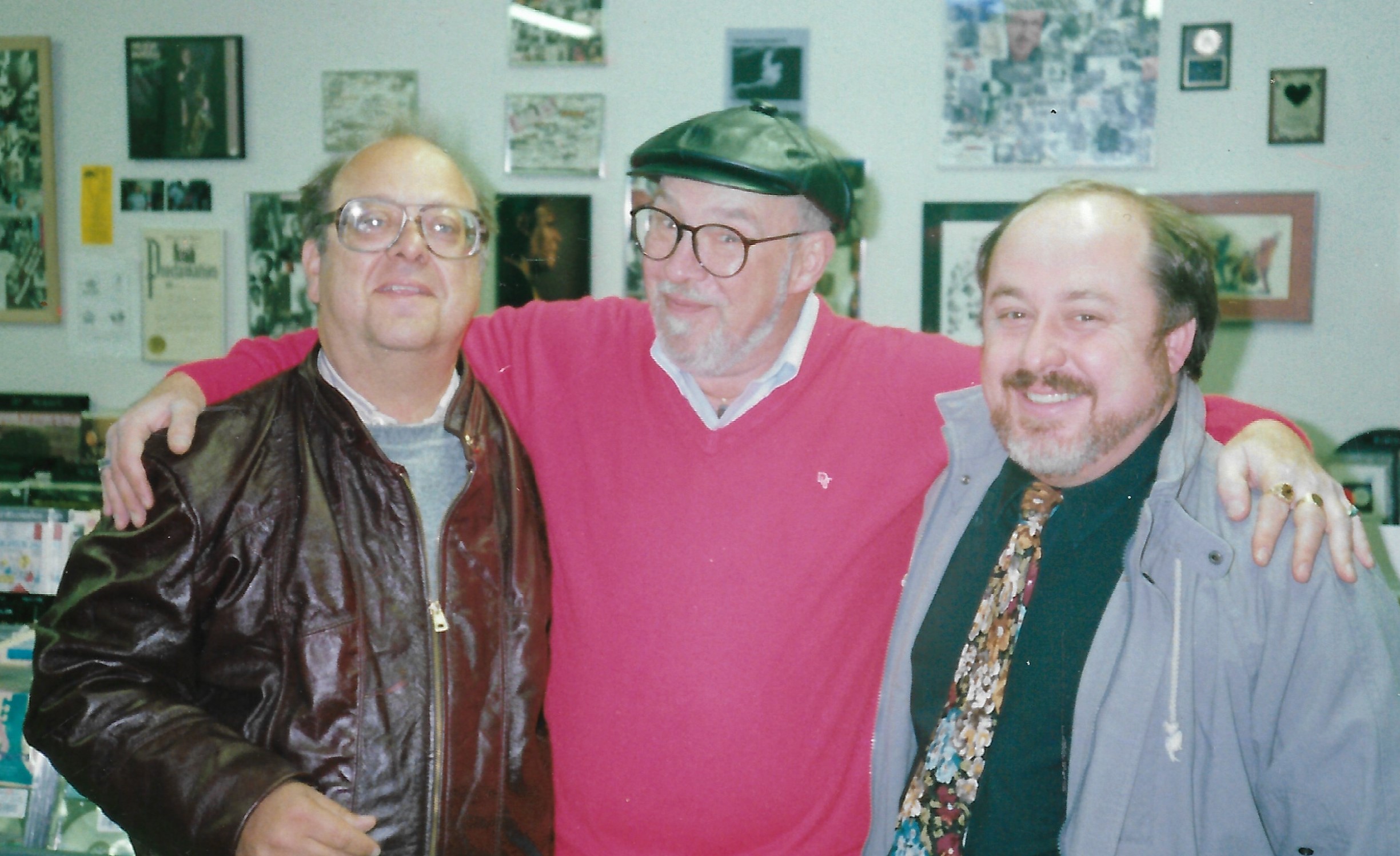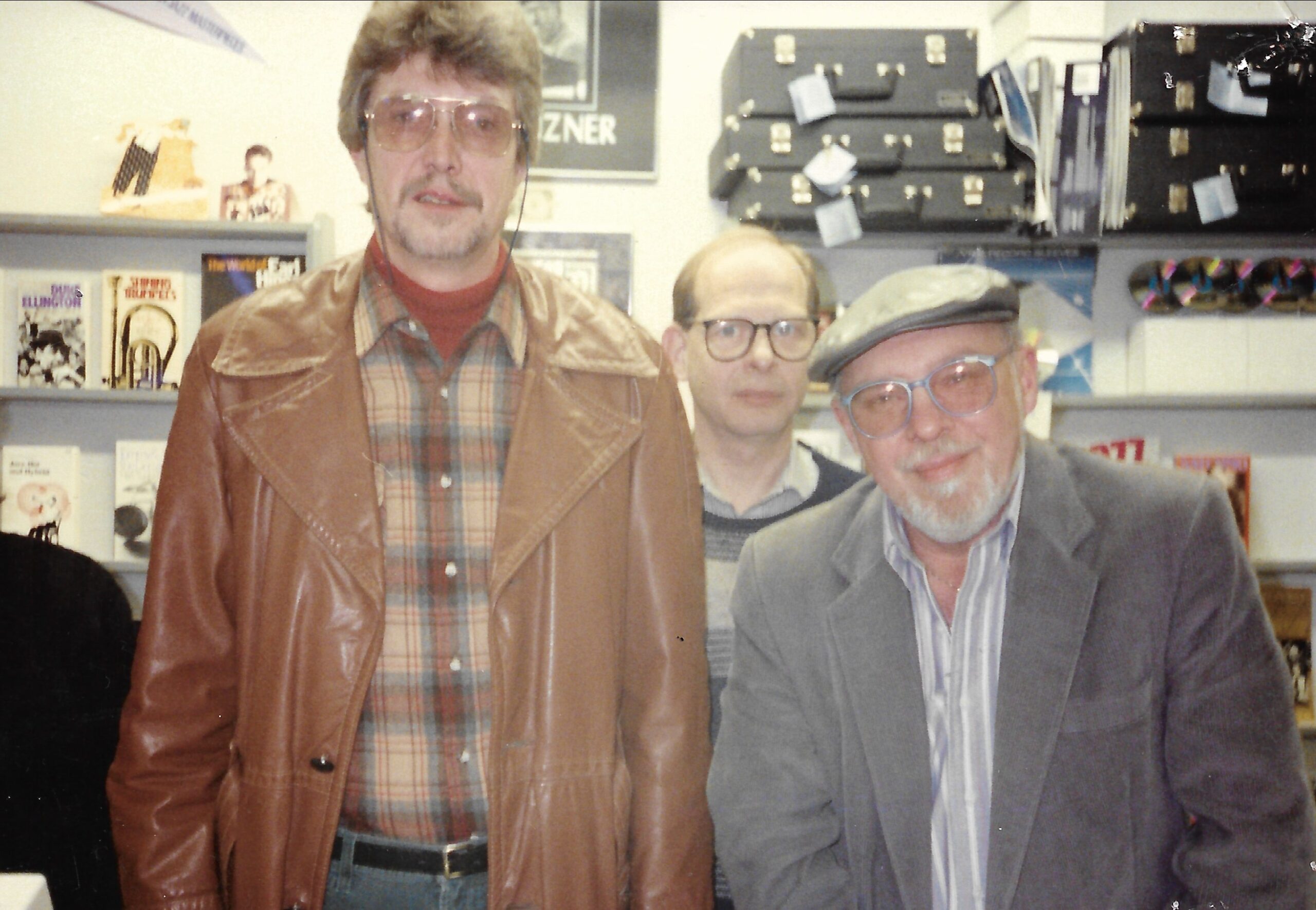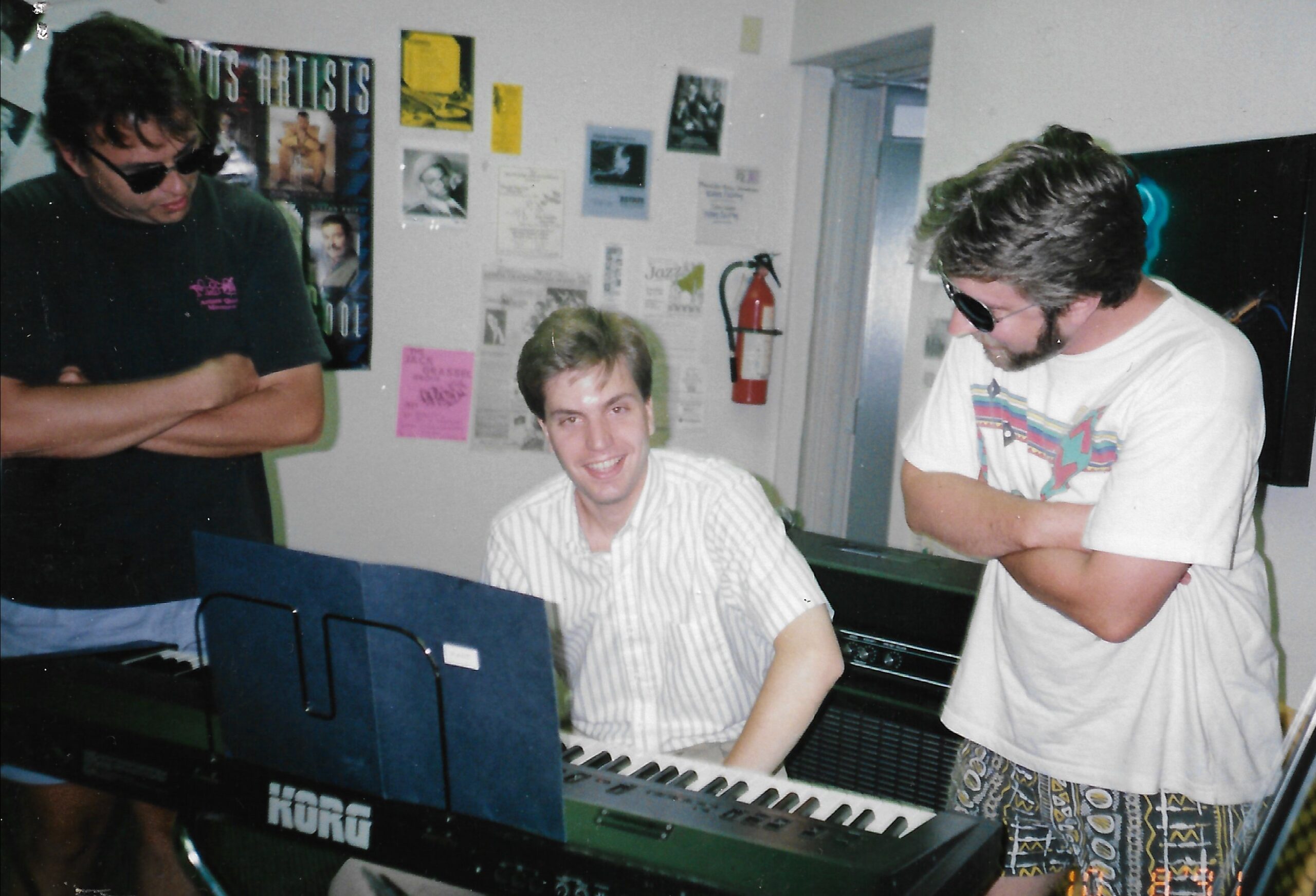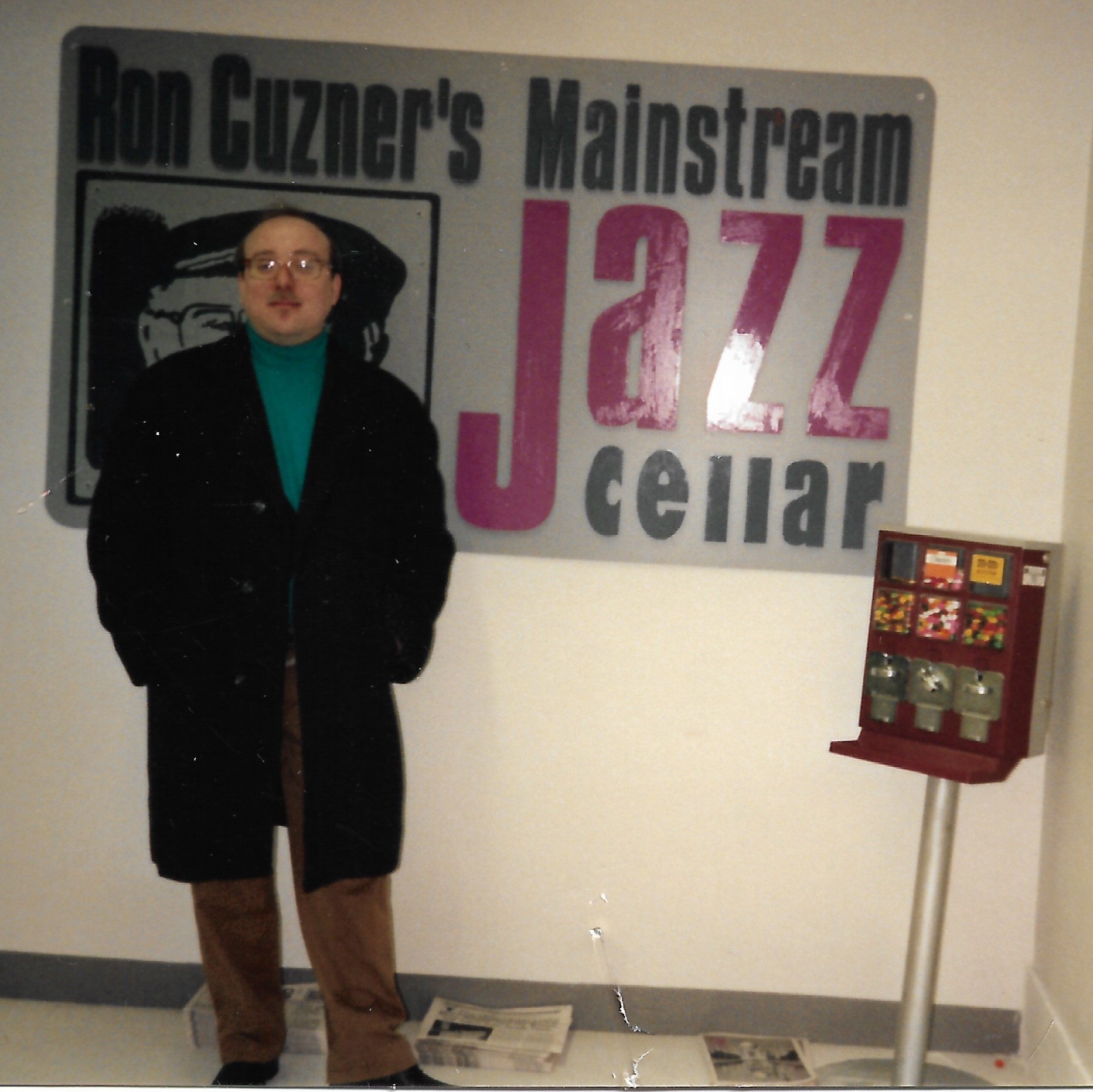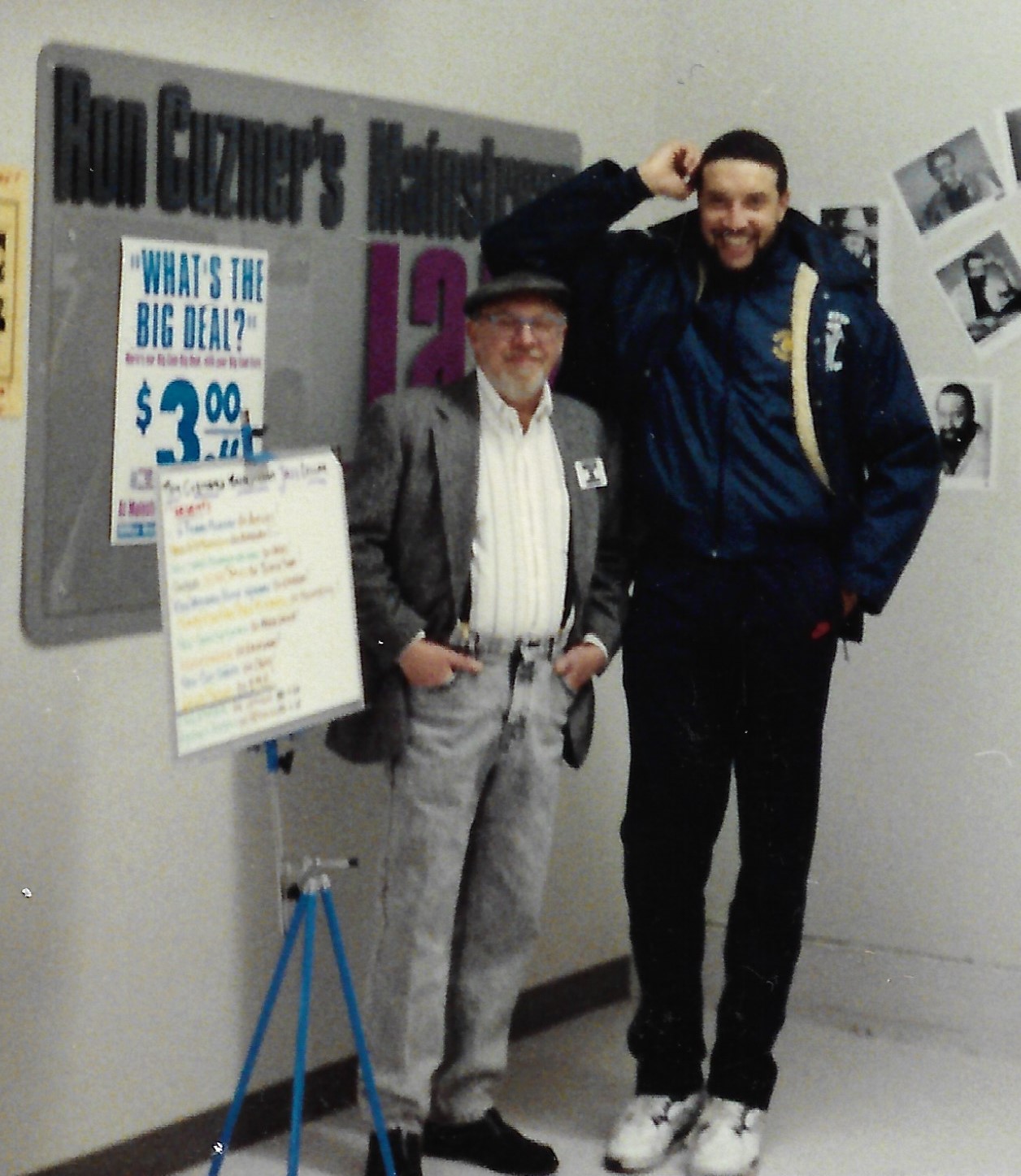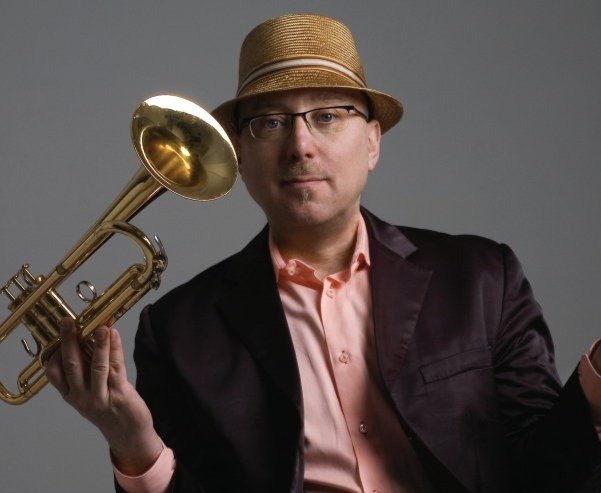
Multi-Grammy-winning trumpeter Brian Lynch. Courtesy news miami.edu
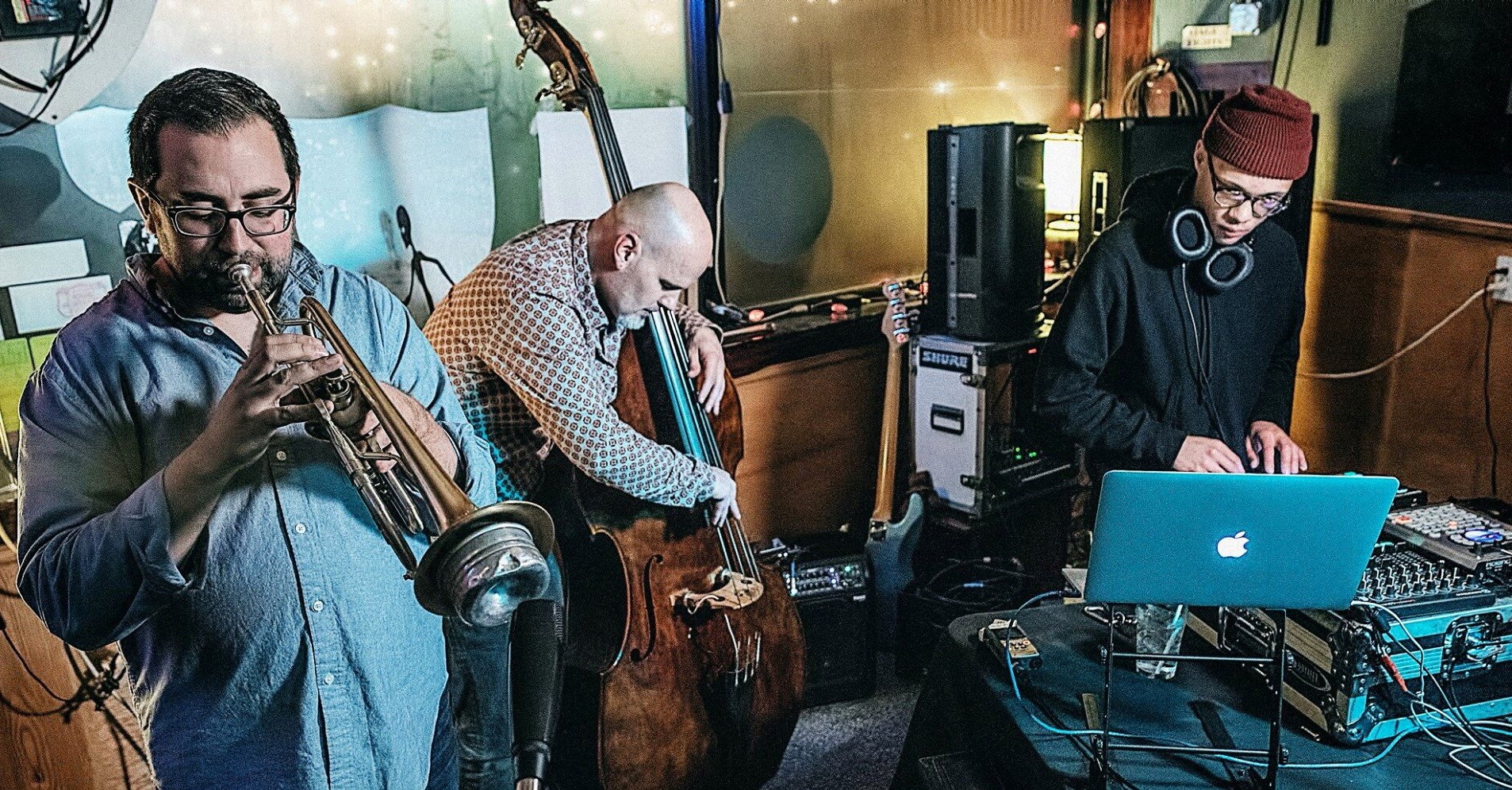
Trumpeter Jamie Breiwick with his hip-hop/jazz band KASE (l-r, Breiwick, John Christensen, bass, and Knowsthetime (Ian Carroll), turntables and electronics. Courtesy Brian Myr and Tone Madison
A pair of prodigious trumpeters blaze a sky-streaking reveille for Milwaukee music fans this month.
Perk an ear, to catch two of the best this town’s modern trumpet legacy has ever produced. The mirroring city-bred names are Brian Lynch, on Thursday, February 10, and Jamie Breiwick, on Friday, February 25.
In fact, these two trumpeters seem to have a mystical sort of synchronicity going, as they both graced Milwaukee with notable concert events exactly four years ago this month. See my article on that double event here:
Opening doors of modern jazz history with Milwaukee-native trumpeters Brian Lynch and Jamie Breiwick
To be clear, Lynch hasn’t resided in Milwaukee in decades. But he was raised in Milwaukee, attended Nicolet High School and The Wisconsin Conservatory of Music, and developed his musical wings on the local jazz scene in the 1980s. A storied career has seen him arguably surpass even legendary Green Lake-native Bunny Berigan as the premiere trumpet icon in state history. Yet he remains actively loyal to this city, returning annually for a trumpeting workshop and a recital.
This time, Lynch will do a free workshop at 6 p.m. followed by a 7:30 p.m. performance by his quartet at Bar Centro, 804 E. Center Street, the first local club date he’s done in quite a while. For tickets and information, visit: Brian Lynch Quartet at Bar Centro Feb. 10
Lynch’s quartet will include pianist Mark Davis, head of the events-sponsoring Milwaukee Jazz Institute; bassist Jeff Hamann (best known as longtime accompanist for the NPR radio program (now a podcast) “Whad’ya Know?”), and drummer Kyle Swan.
Lynch has never had a popular hit as big as Berigan’s “I Can’t Get Started,” but Berigan claimed that distinction way back when swing jazz was the popular music of the day.
Lynch, has the honor of two Grammy awards and has reached perhaps unparalleled heights in recent years as a Milwaukee-bred jazz musician. Like Breiwick, he’s built on a historically informed mastery of the instrument and its musical tradition, most notably having won a Grammy award last year for Best Jazz Large Ensemble, for The Brian Lynch Big Band recording The Omni American Book Club/My Journey through Literature in Music.
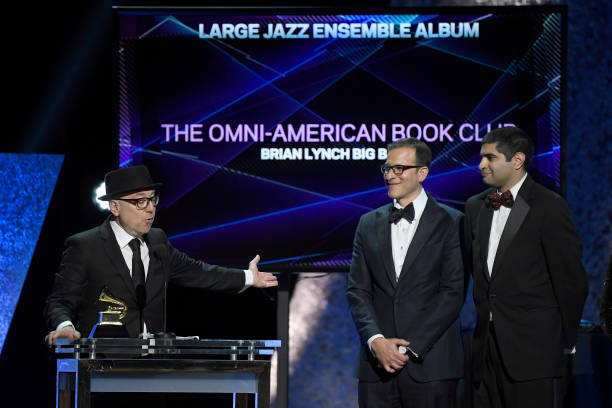
LOS ANGELES, CALIFORNIA – JANUARY 26: Brian Lynch of Brian Lynch Big Band accepts the Best Large Jazz Ensemble Album award for The Omni-American Book Club onstage during the 62nd Annual GRAMMY Awards Premiere Ceremony at Microsoft Theater on January 26, 2020 in Los Angeles, California. (Photo by Kevork Djansezian/Getty Images)
The two-CD aIbum grew from his deep reading of, among other writers, the pioneering African-American sociologist, socialist, historian and civil rights activist W.E.B. DuBois. The album — featuring Donald Harrison, Dave Liebman, Jim Snidero, and Regina Carter, among others — climaxes a series of concept albums involving tributes to “unsung heroes” among trumpeters, a sequence which included his 2016 album commemorating the work of the great, short-lived post-bop trumpet master Woody Shaw, titled Madera Latino. That two-CD set — which also features fellow trumpeters Dave Douglas, Sean Jones and Philip Dizack — was Grammy-nominated for Best Latin Jazz Album. All of the trumpeter-tribute albums and the big-band recording are on Lynch’s own Hollistic Music Works label.
So, even if Brian himself is of Irish descent, most all of the trumpeters he has honored have been African-American, as have been the writers whose work inspired the big band album. 1 So, in several senses, his work honors Black History Month.
Over a long career, Lynch has done more than tribute the work of trumpeting predecessors. His latest album Brian Lynch Songbook Vol. 1: Bus Stop Serenade, suggests his own street cred, and shows that he long ago found his own voice as a composer, as well as a trumpeter, on previous recordings, often with African-American recording collaborators and mentors like Milwaukee’s Melvin Rhyne and Buddy Montgomery, and saxophonists Harrison, Ralph Moore and Javon Jackson with whom he paired up for the front line of the final edition of Art Blakey and the Jazz Messengers, perhaps the most legendary hard-bop band in jazz history. He also worked with another iconic hard-bop group, The Horace Silver Quintet.
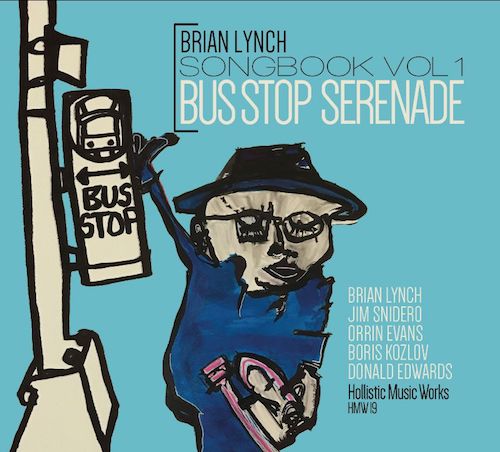
The cover of Brian Lynch’s latest album. Courtesy lastrowmusic.com
And this Songbook Vol. 1 recording includes, besides longtime collaborator Snidero, two Black players, pianist Orrin Evans and drummer Donald Edwards.
The new album is the first in a series of “Songbooks” intended to reclaim the many original compositions that Lynch has recorded for other labels throughout his career. Those include at least one other tribute-type piece, Charles Tolliver, for yet another underrecognized post-bop trumpet stylist and composer. But the mining of his own material also reflects a great American tradition of freedom to pursue personal destiny: “I seem to have become quite stubborn in recent years about invoking artistic self-determination for myself at every opportunity, and having masters of my complete catalogue in my possession has become a bit of an obsession,” Lynch explains.
He has also specialized in Latin Jazz, having earned his first Grammy for the Brian Lynch/Eddie Palmieri Project’s Simpatico, as well as recording with The Buena Vista Social Club, Sheila E., Miguel Zenon, Roberto Magris, Tito Puente and Dafnis Preito, among others.
I could go on about Lynch’s credits but, suffice to say, his is a musical career as auspicious as it is reflective of the great tradition he has extended.
So one expects, in his own compositions, the same high standards he has maintained for the exposition of historic figures deep within the jazz tradition.
***
Jamie Breiwick, actually a Racine-native, might be seen as a younger version of Lynch’s enterprising ambition via the instrument Louis Armstrong made the pioneering tool of supreme jazz soloists. He’s recorded several excellent albums of modern jazz and has, like Lynch, honored artistic forebears, with projects ranging from Thelonious Monk to Don Cherry and Ornette Coleman. Breiwick has most recently exploded in the last year or so with a series of fascinating recordings facilitated by the creation, a la Lynch, of his own label, B Side Recordings.
The recordings have included several duets with resourceful partners, but Breiwick’s primary new vehicle has been a hybrid group called KASE, which synthesizes hip-hop instrumental aspects with jazz. One of the group’s pinnacle performance events to date was a collaboration with the jazz-oriented hip-hop singer-songwriter-instrumentalist Klassik, in a concert at the Stoughton Opera House. That collaboration has produced a new album on digital and very limited-edition cassette called Live at the Opera House. Breiwick will produce an album release event for the recording on Friday, February 25 (doors open 7 p.m., event at 8) at The Ivy House, a stylish new events-and-concert venue, at 906 S. Barclay Street in Milwaukee’s Fifth Ward.
Klassik, an extremely-gifted vocal stylist and songwriter, will perform a solo set at 8 p.m., followed by another set by KASE at 9, and a closing set by KASE and Klassik together, at 10 p.m.

Klassik (Kellen Abston), Courtesy Milwaukee Magazine.
The event will also be a print-media coming-out party for the B Side, if you will, of Breiwick’s talents, as a graphic artist, and his second business venture, B Side Graphics. This evening will debut the publication of Sound Museum, a book collection of his striking and stylish album covers, concert posters, and other graphic manifestations of his artistic talent. If you have seen any of Breiwick’s graphics work, you know it’s at a professional creative level comparable to his music. The cassette cover of Live at the Opera House (below) is a prime example:

Cover of “Live at the Opera House,” on B Side Recordings, designed by Jamie Breiwick.
The event will also feature a pop-up shop by 262 Vintage, with select quality vintage clothing items for sale.
For information and tickets visit: https://www.eventbrite.com/e/kase-klassik-tickets-235636855177#map-target
___________
- Brian Lynch is no relation to this blogger, Kevin Lynch.
Like this:
Like Loading...




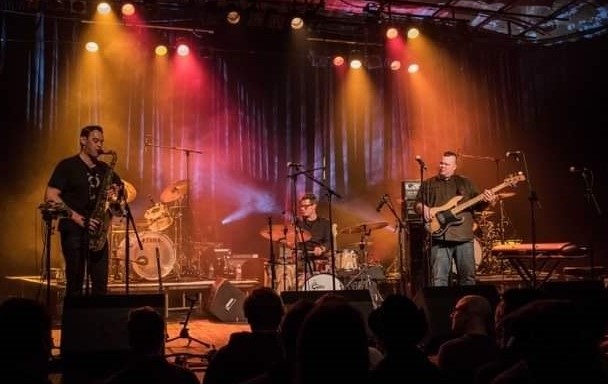
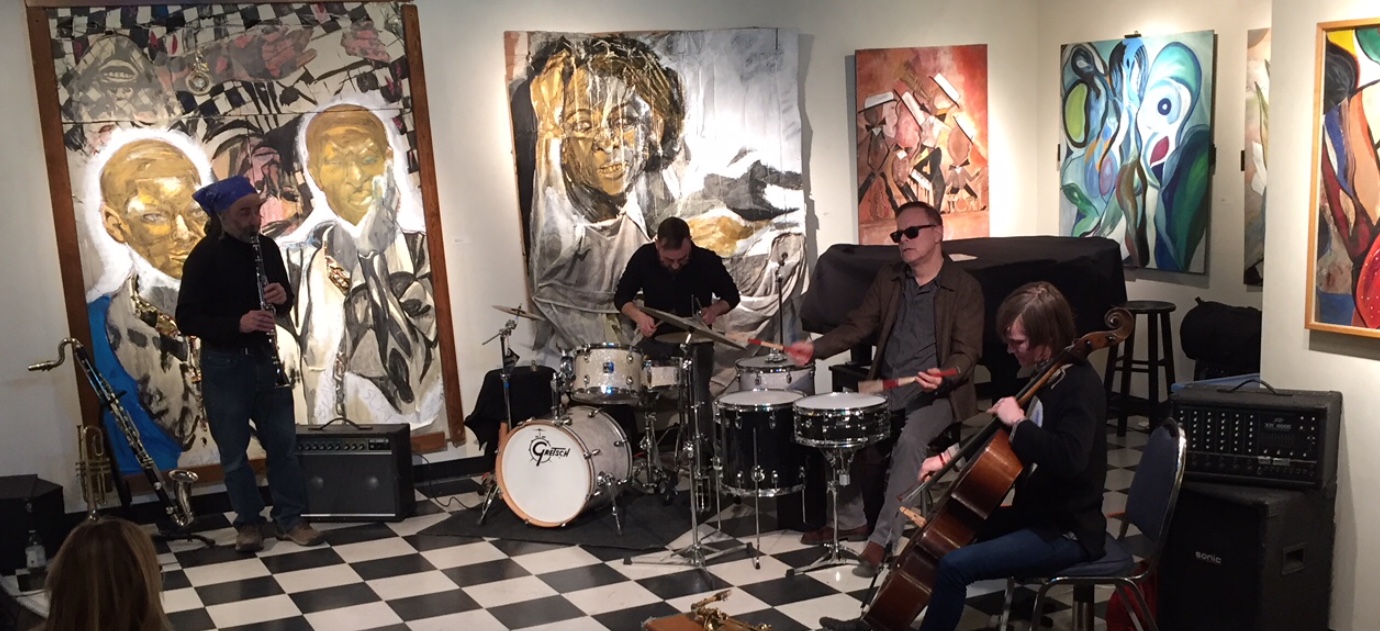

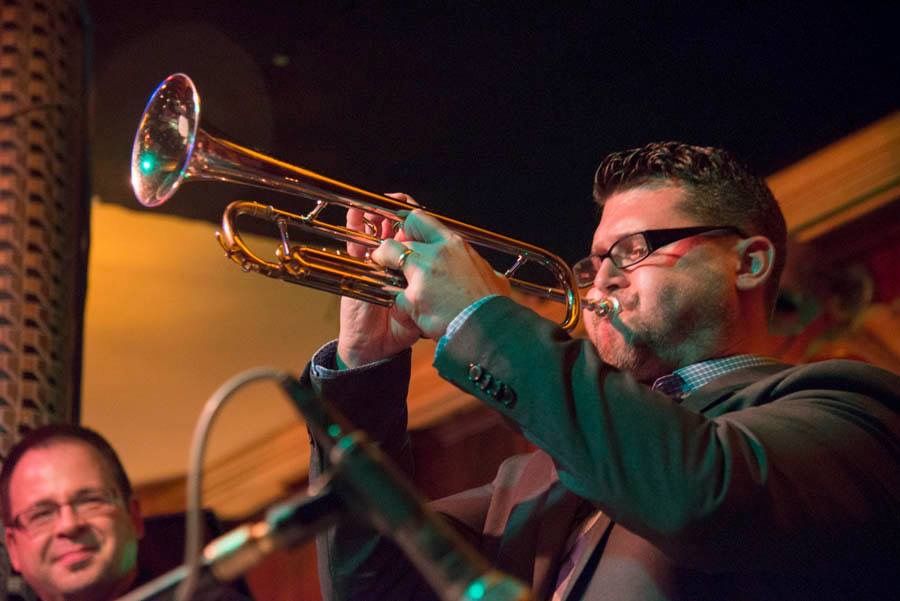


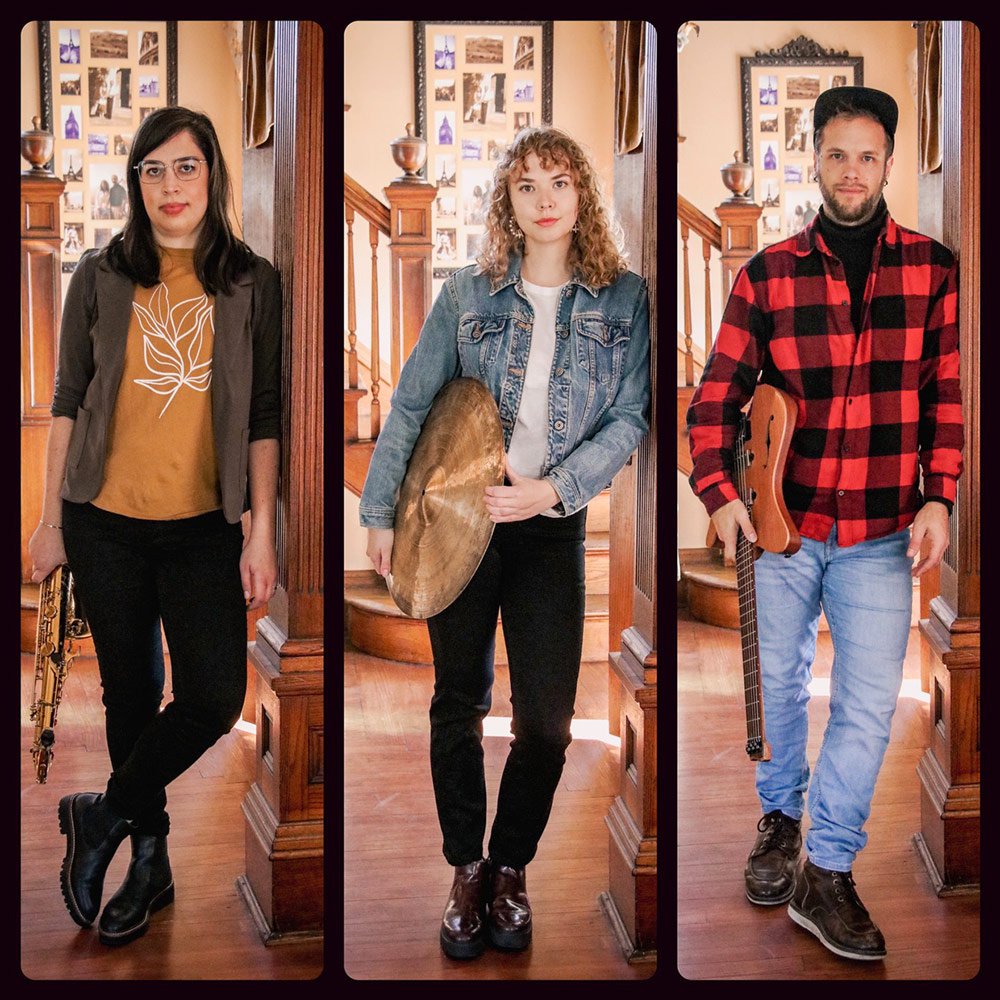
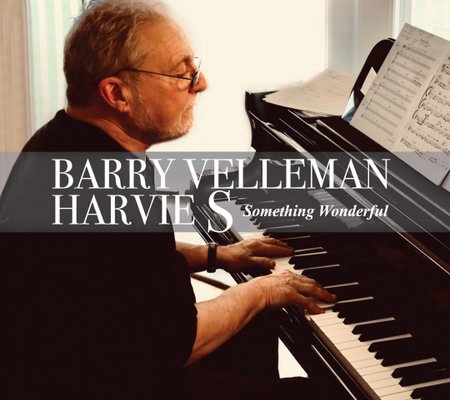 Album review: Barry Velleman/Harvie S. — Something Wonderful (RVS Records)
Album review: Barry Velleman/Harvie S. — Something Wonderful (RVS Records)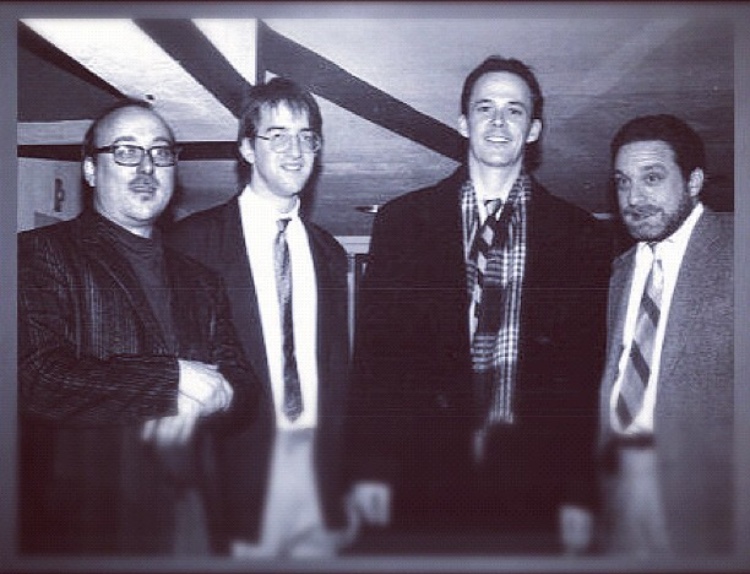


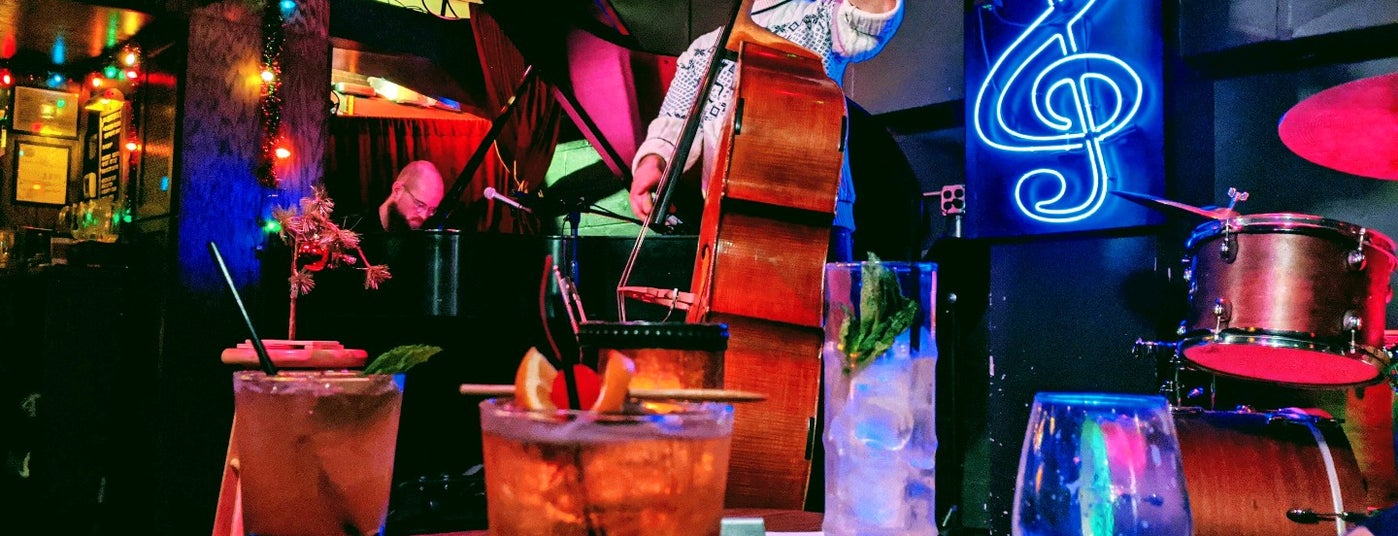
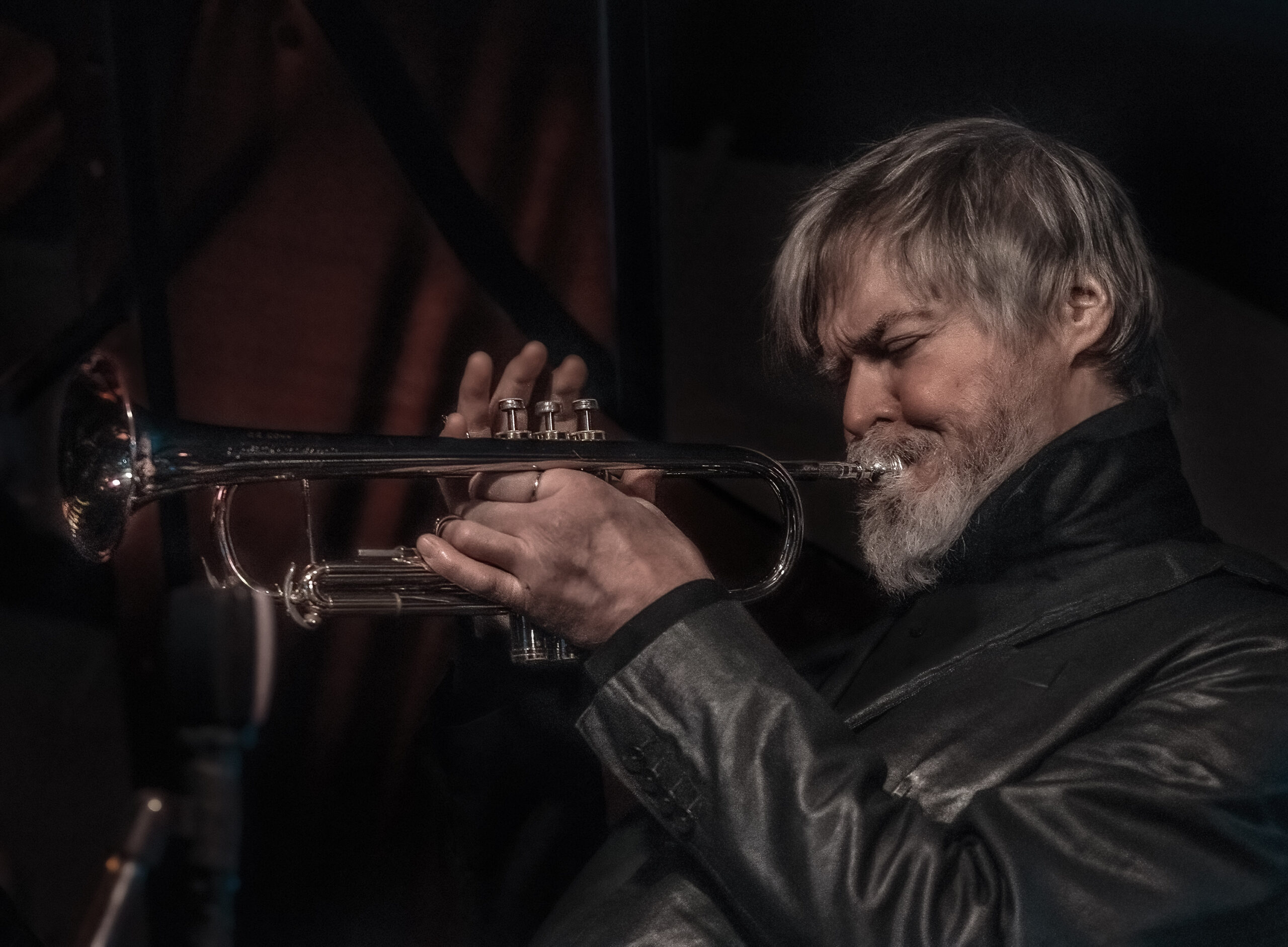
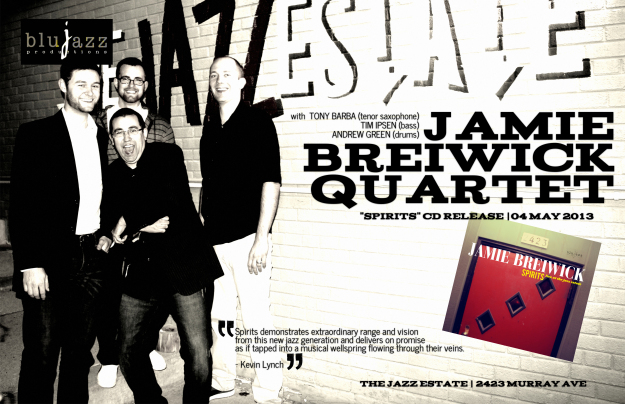
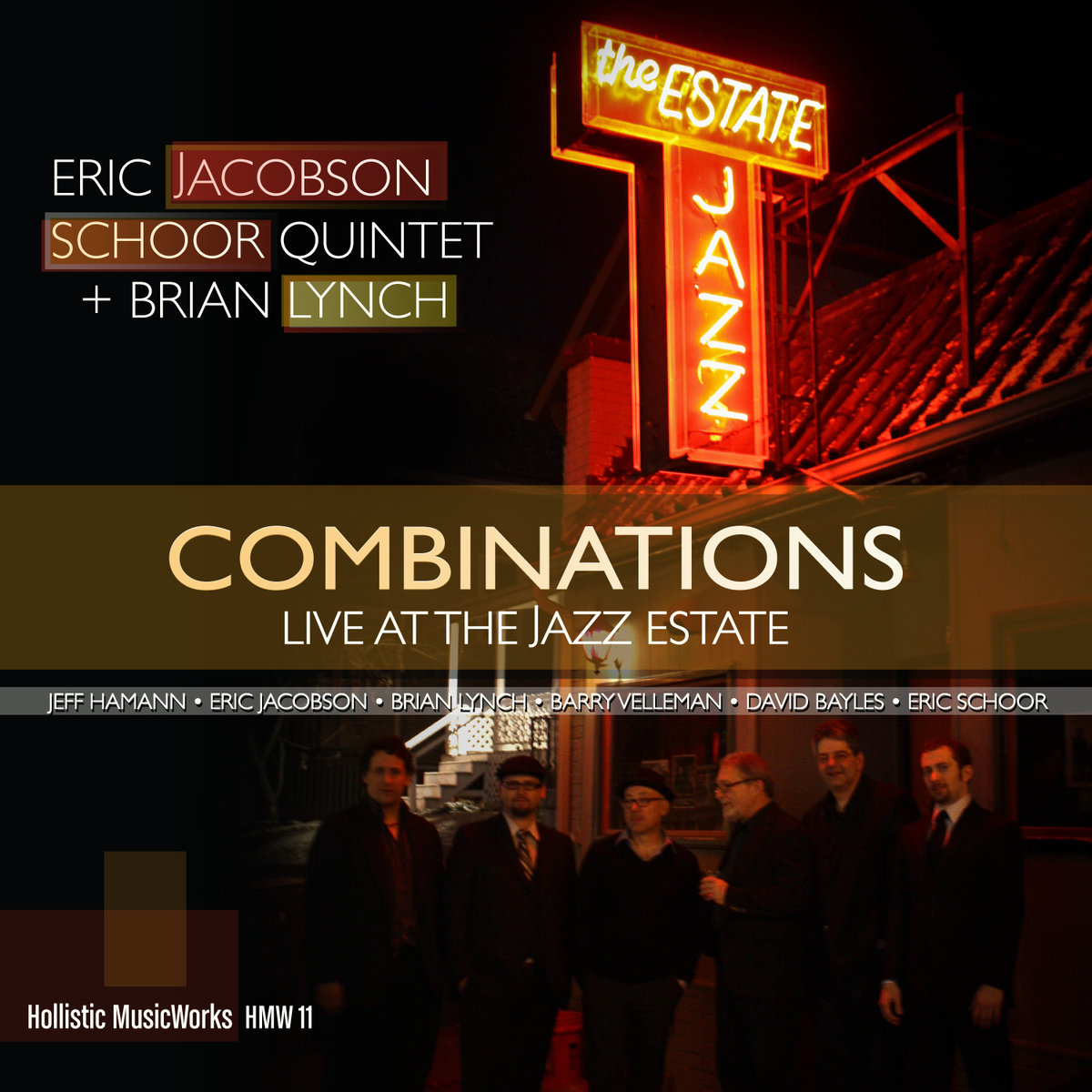
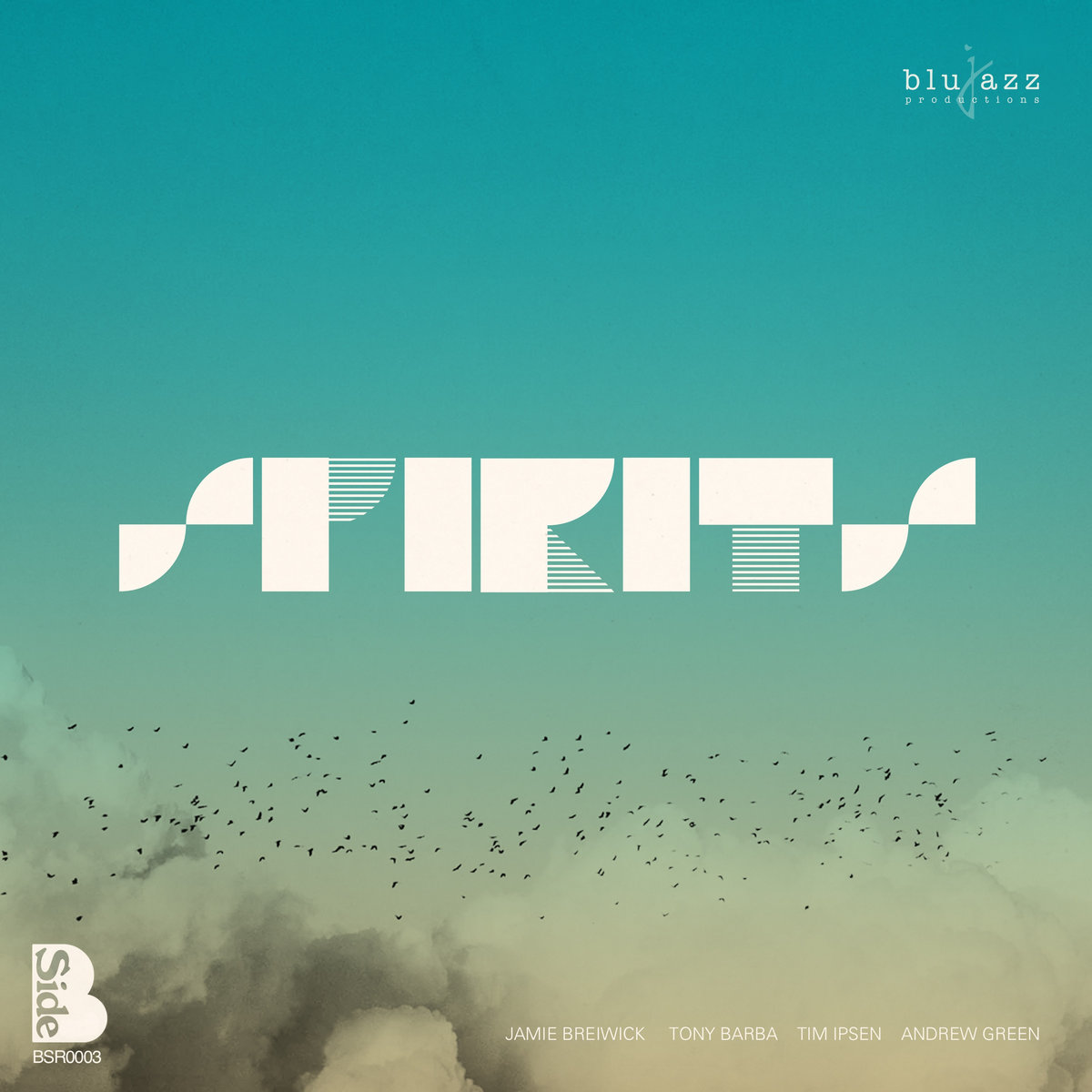
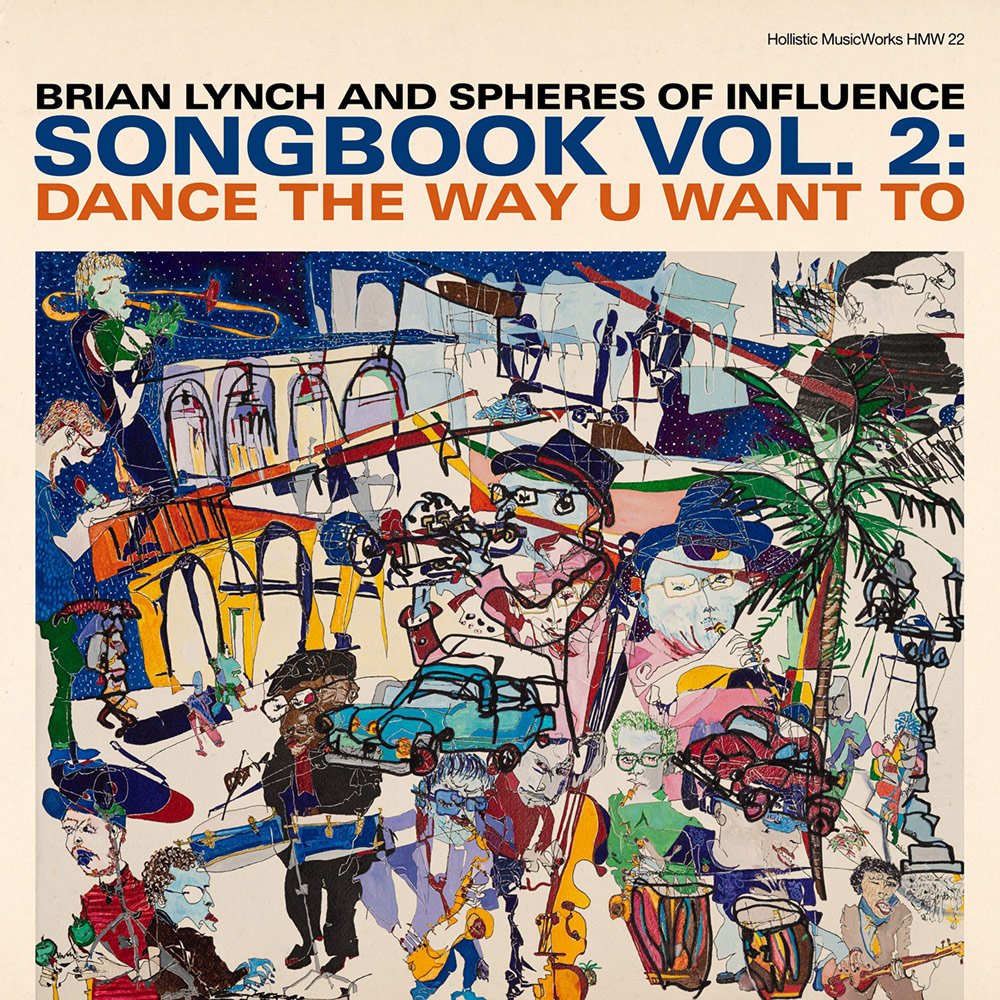
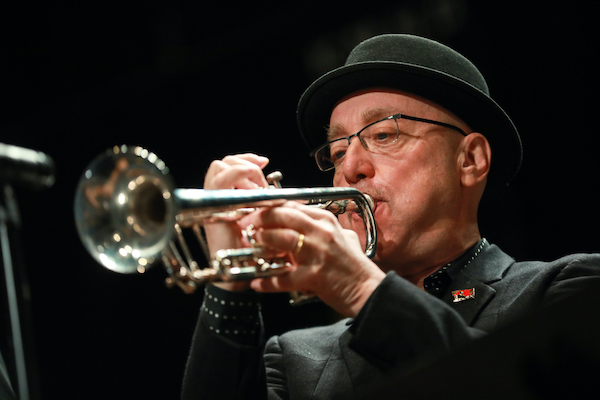
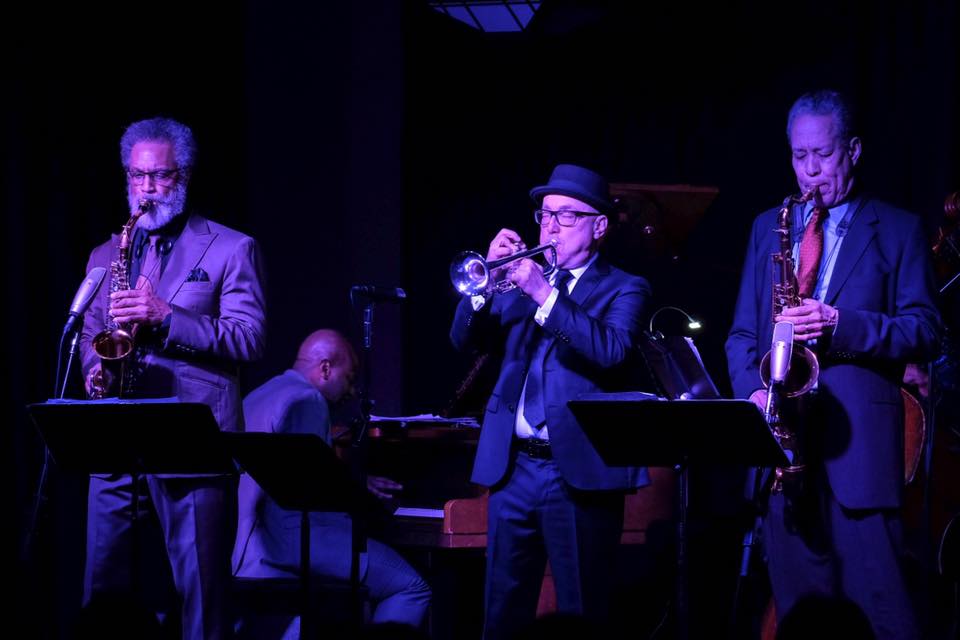 In Ralph Peterson and the Messenger Legacy, trumpeter Brian Lynch revisits his front-line fellows, Bobby Watson (left) and Billy Pierce (right), from the final edition of Art Blakey and the Jazz Messengers. Photo courtesy jimmysoncongress.com
In Ralph Peterson and the Messenger Legacy, trumpeter Brian Lynch revisits his front-line fellows, Bobby Watson (left) and Billy Pierce (right), from the final edition of Art Blakey and the Jazz Messengers. Photo courtesy jimmysoncongress.com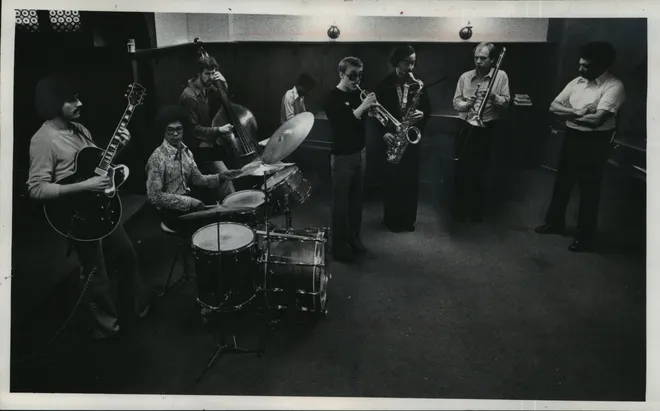
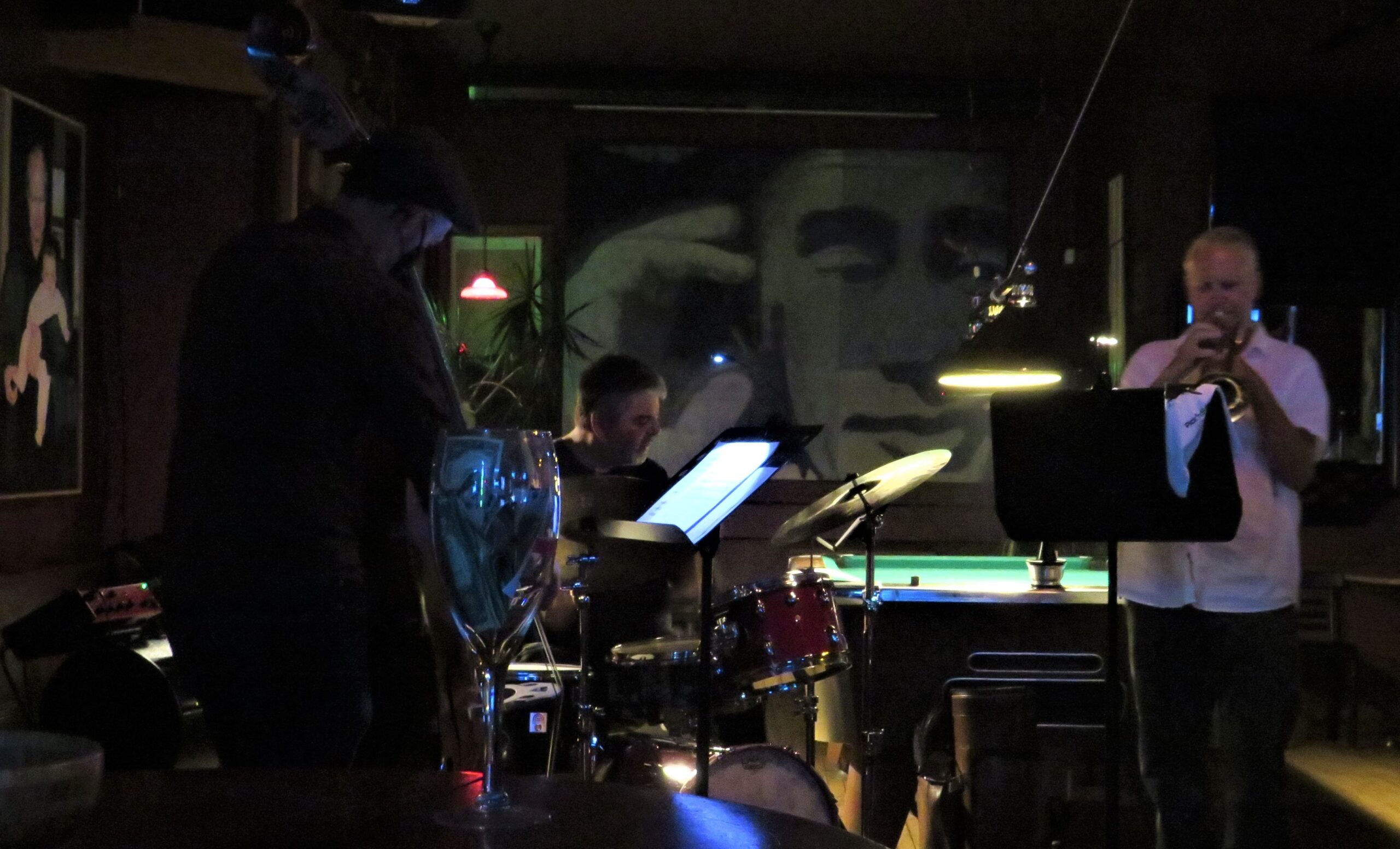
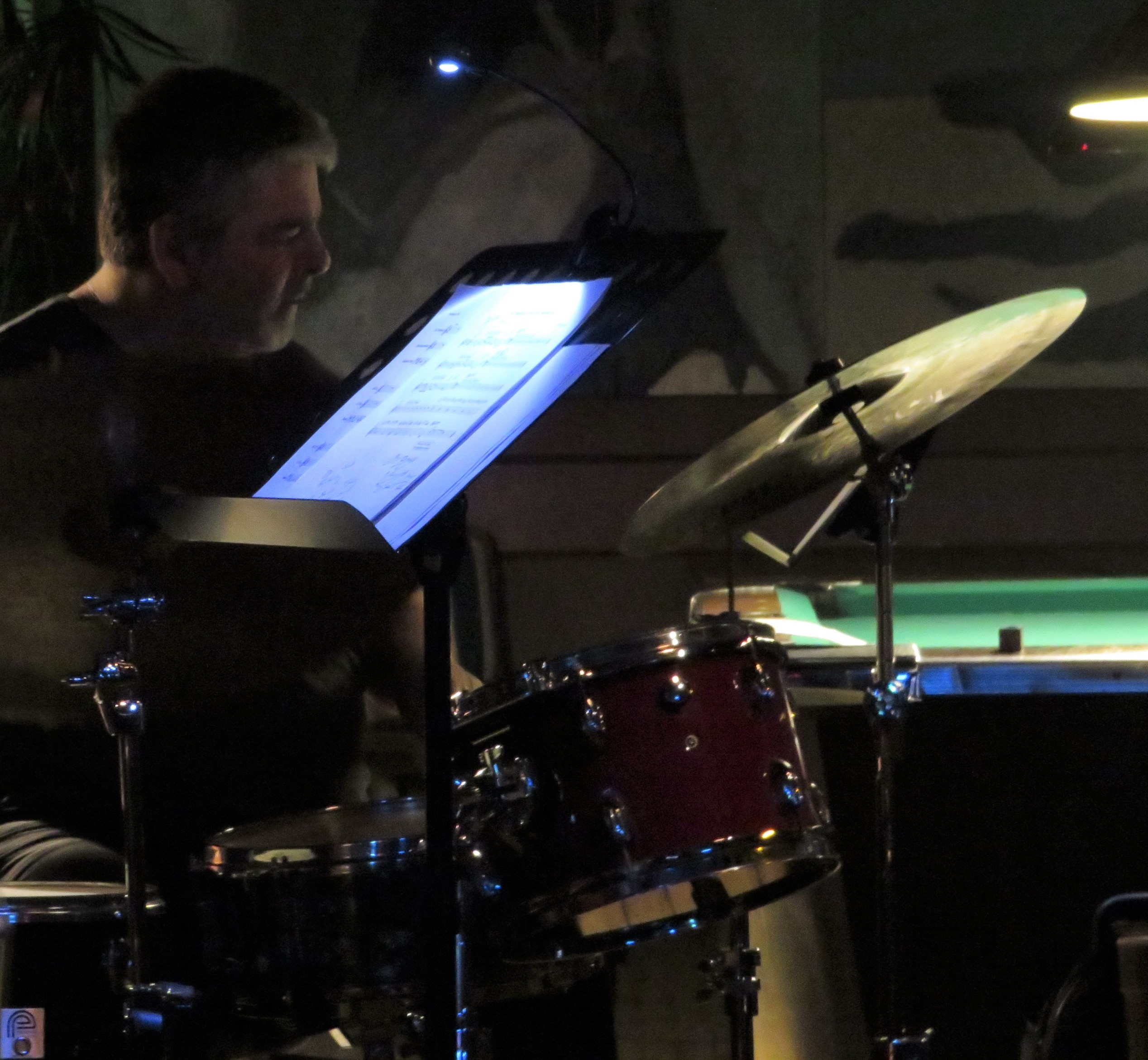
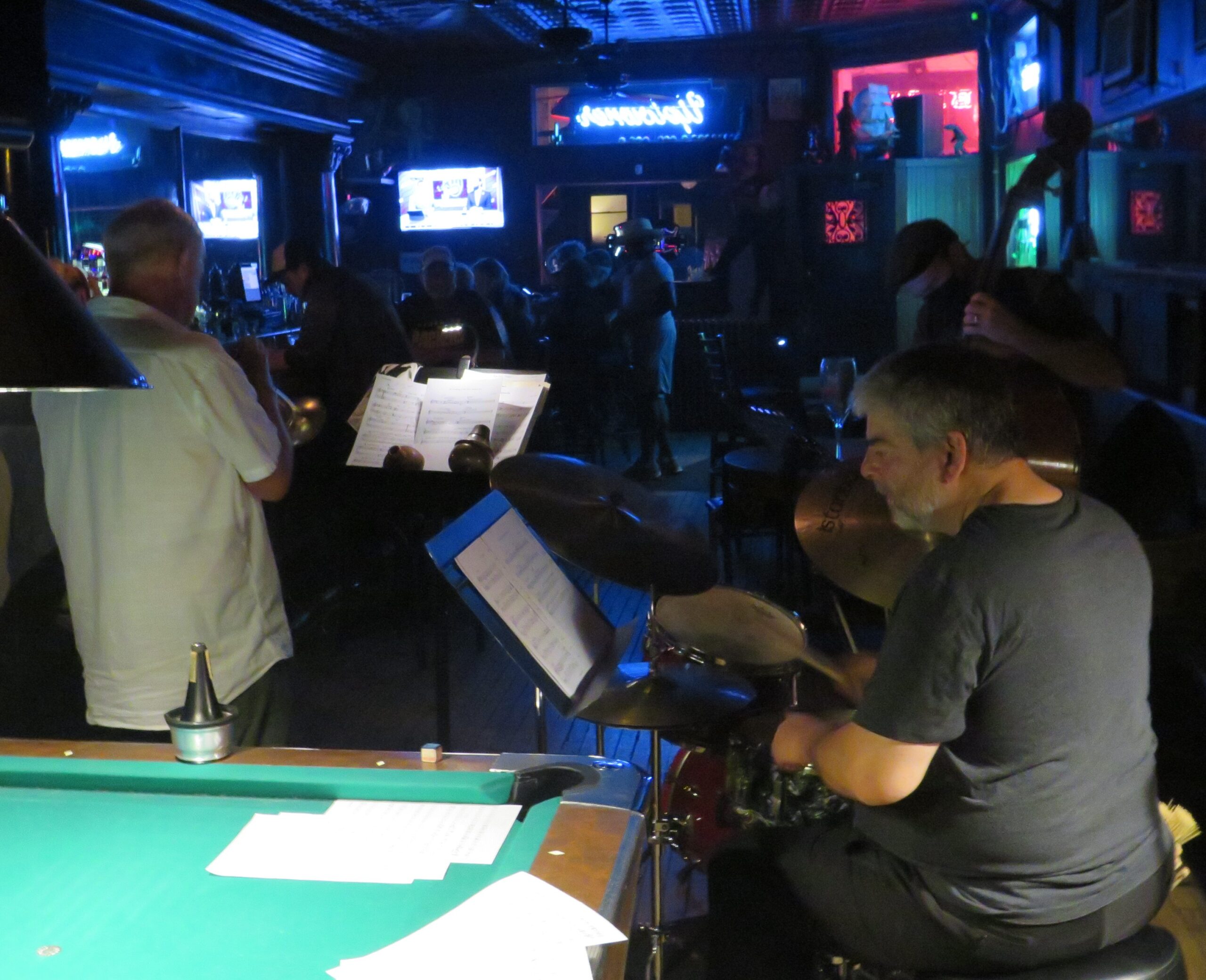
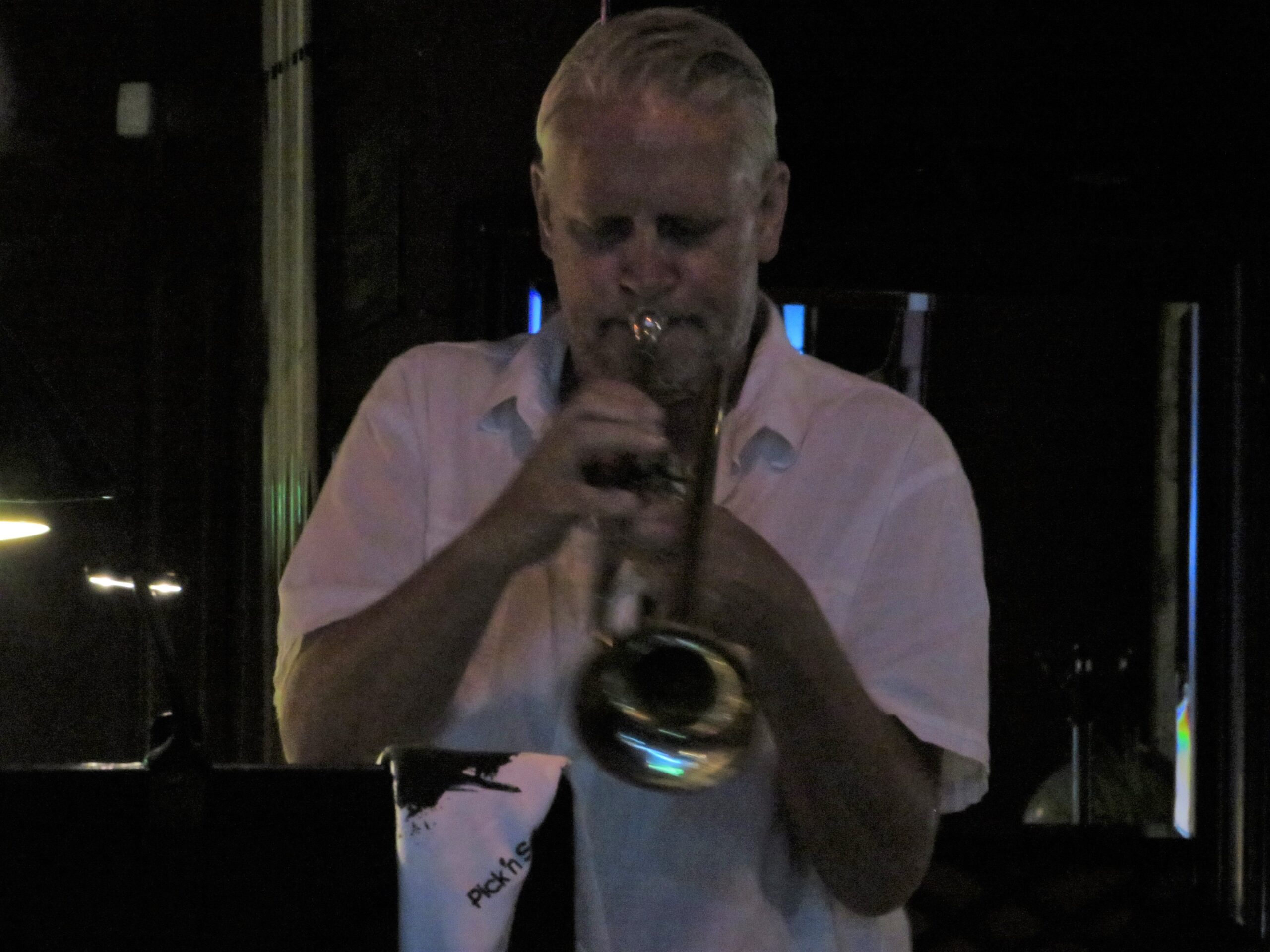
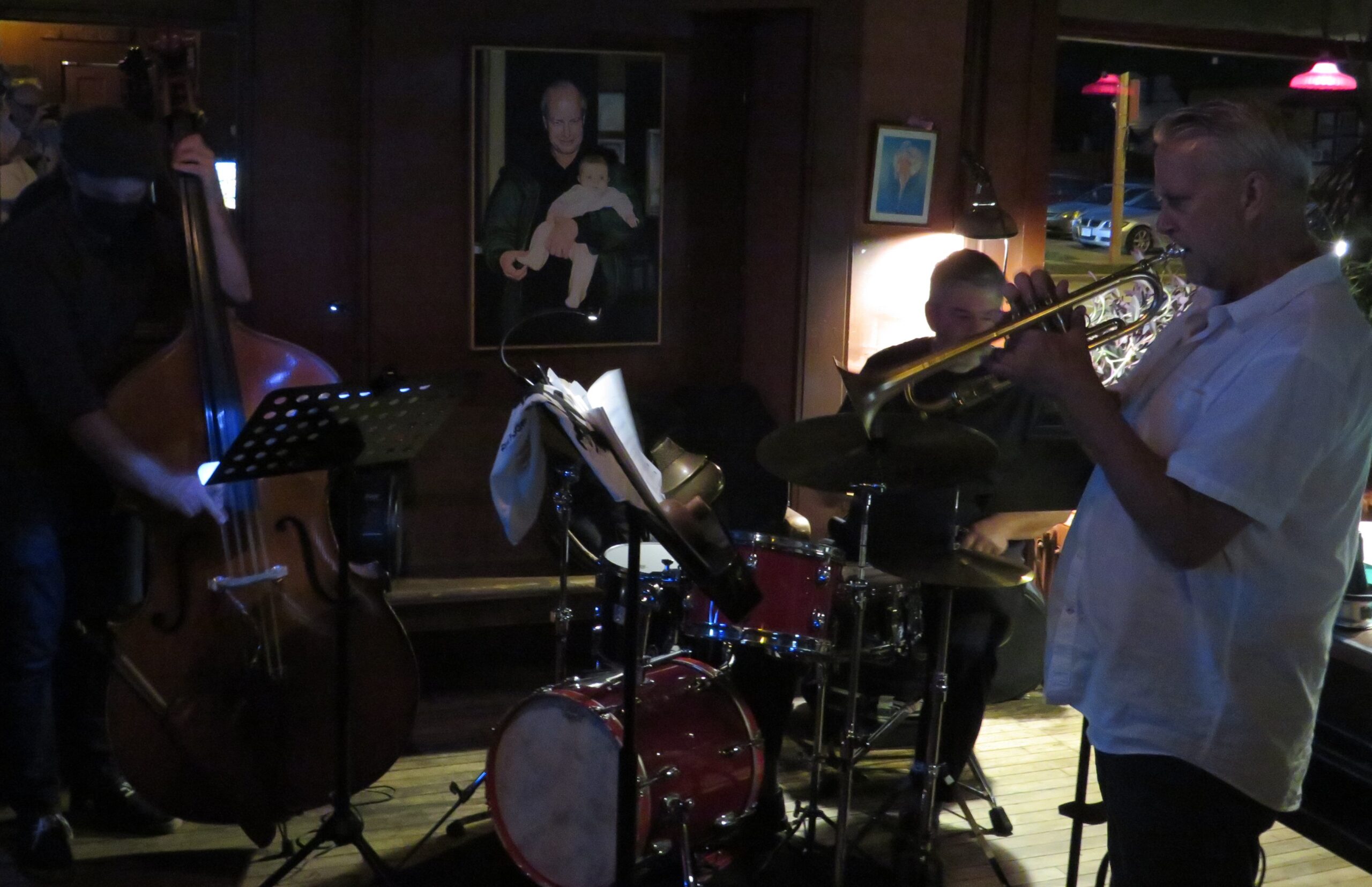
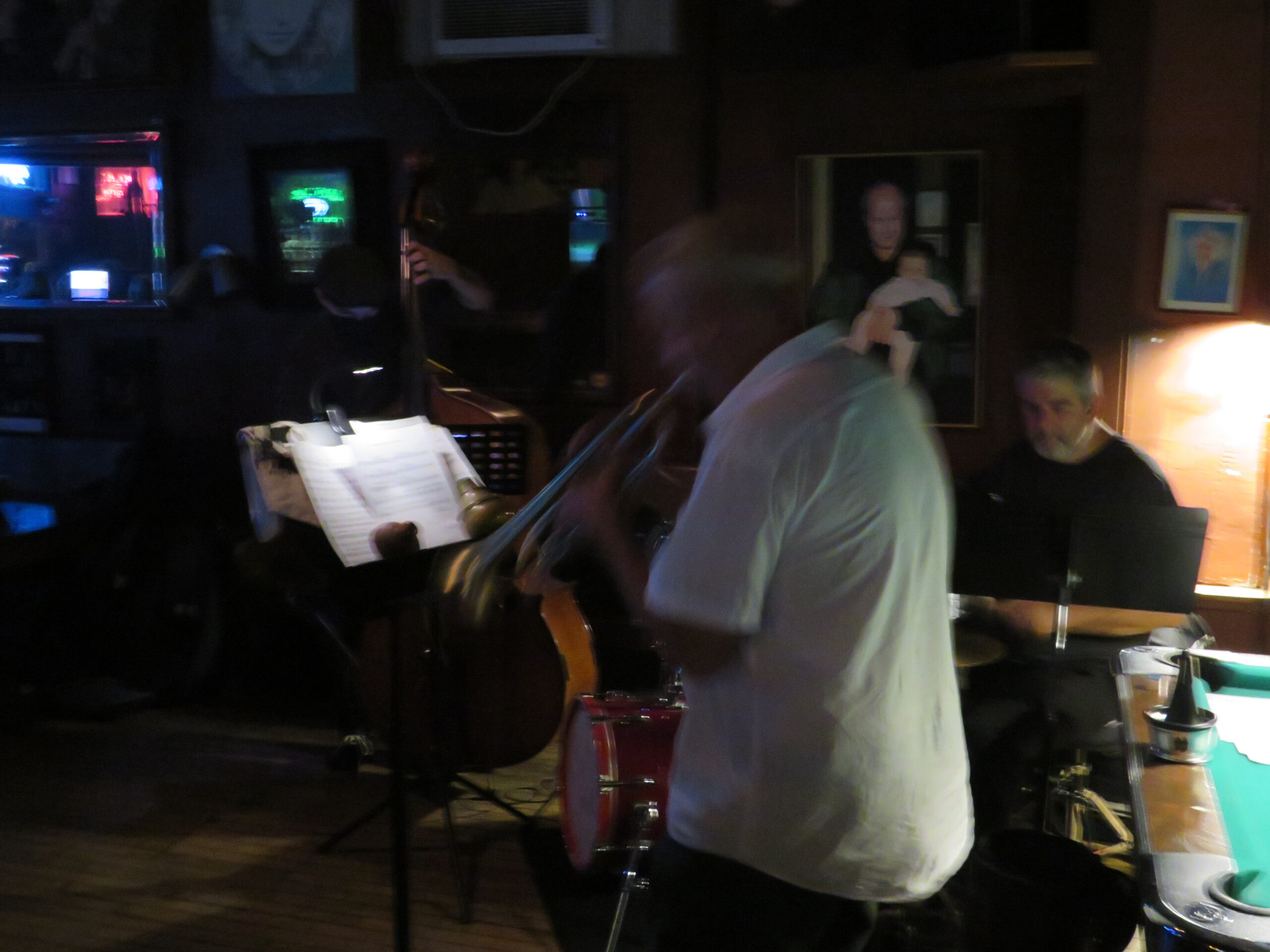
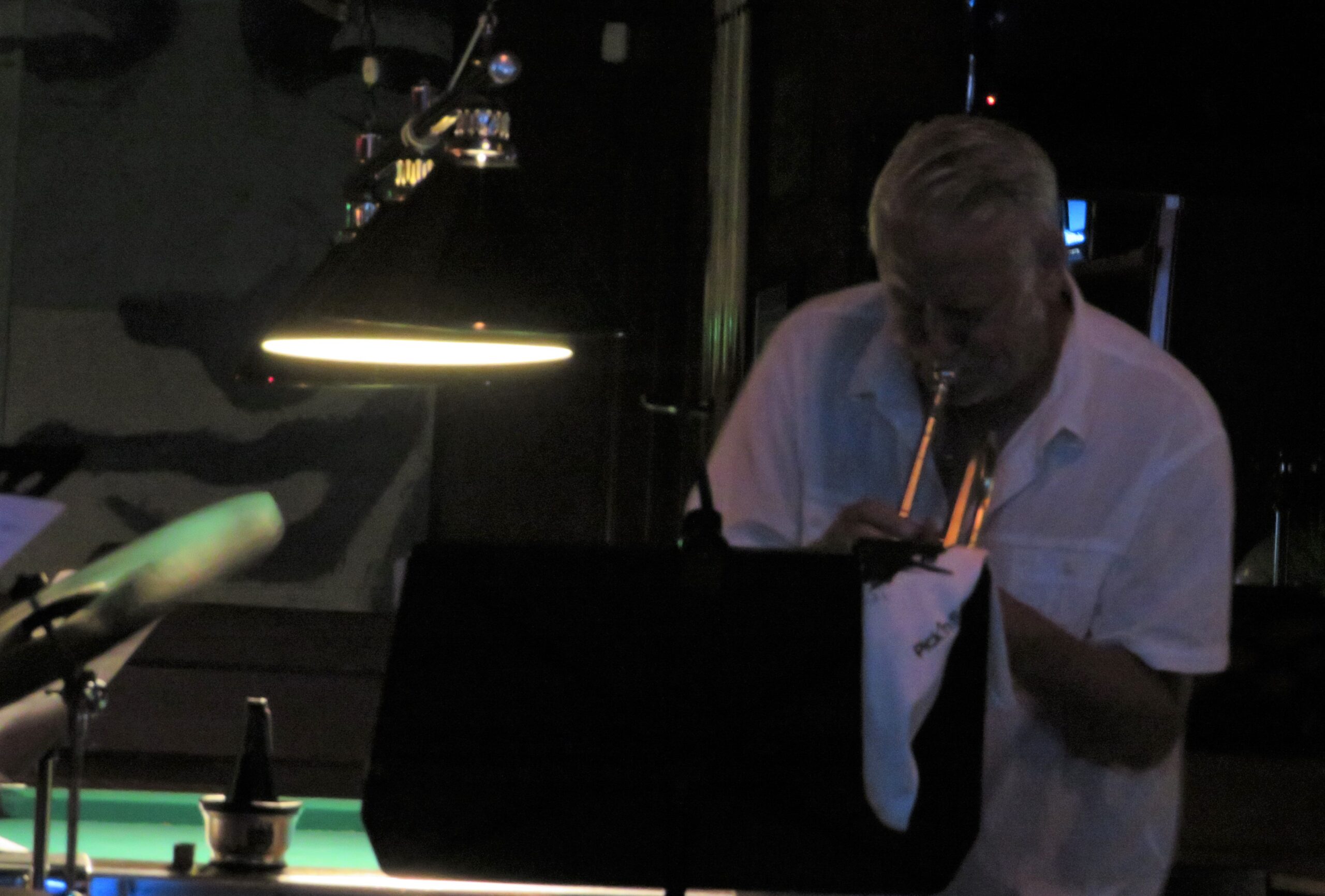
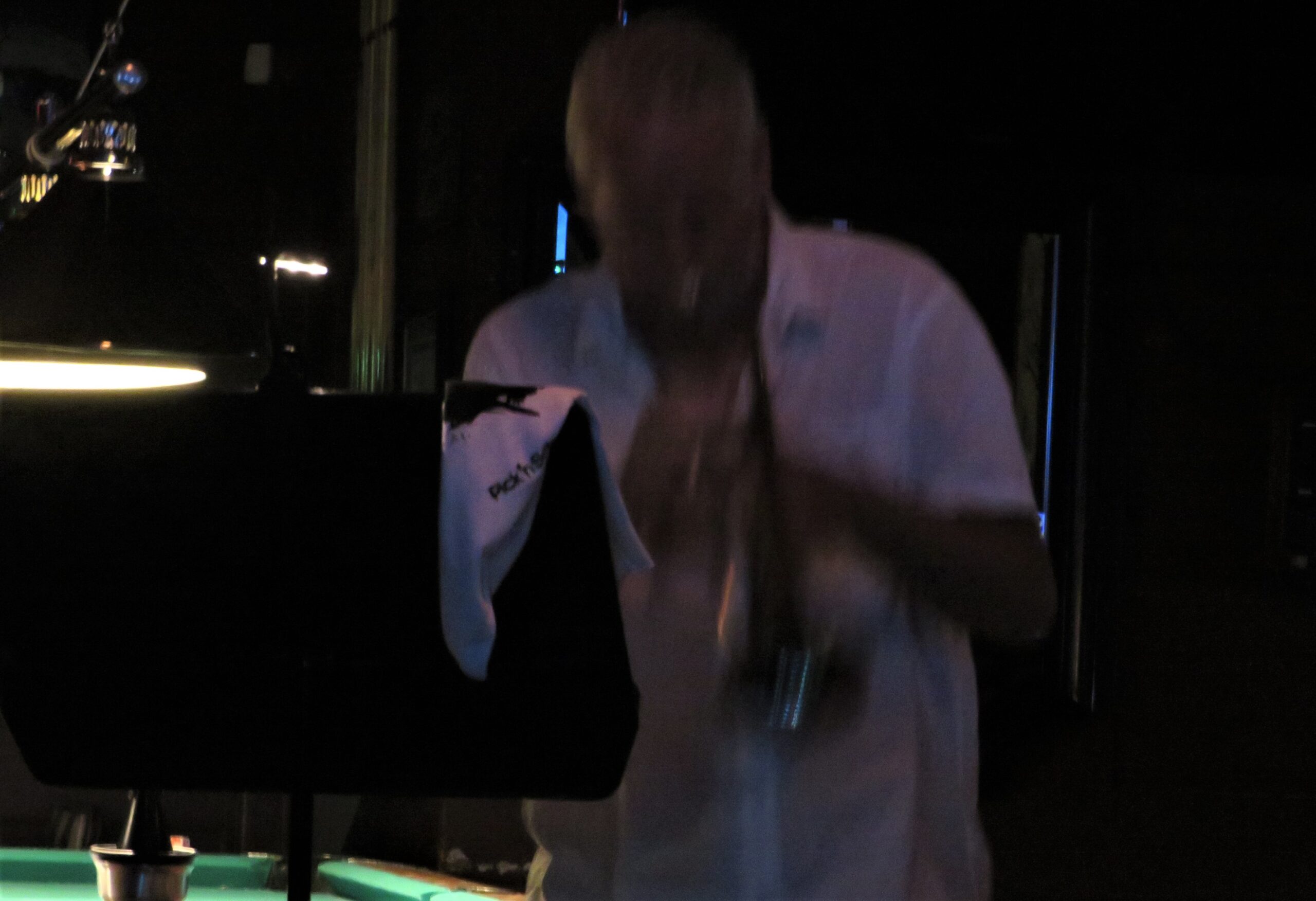


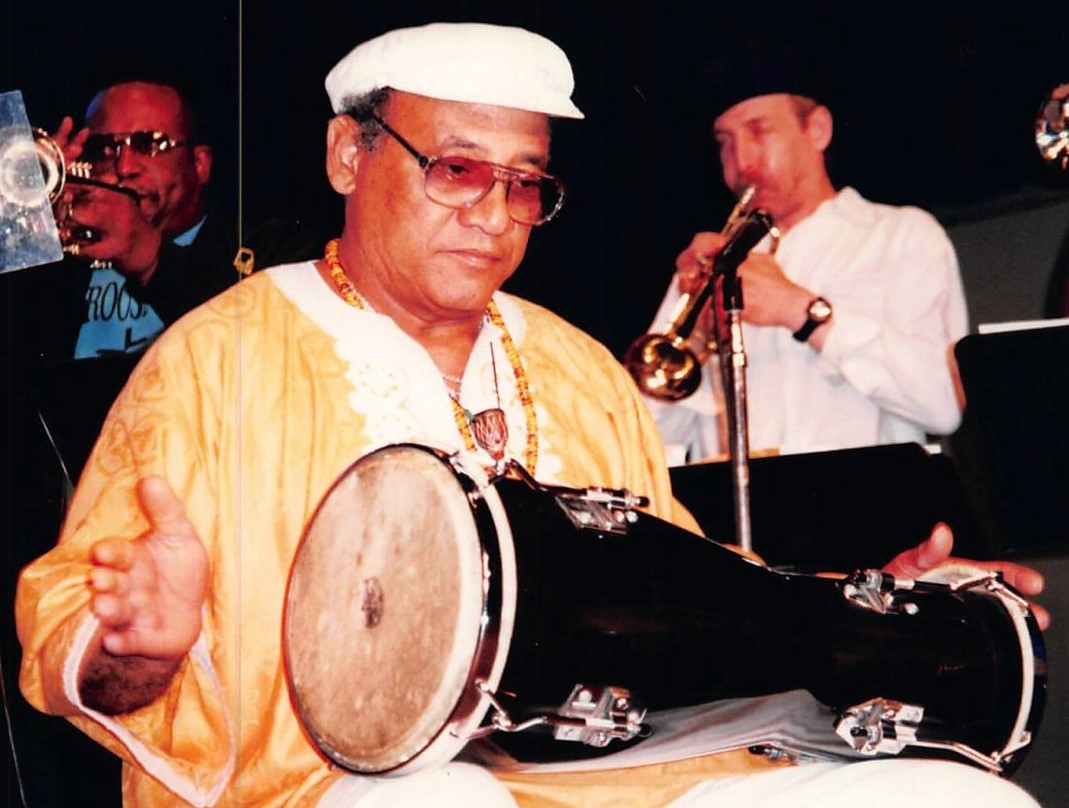
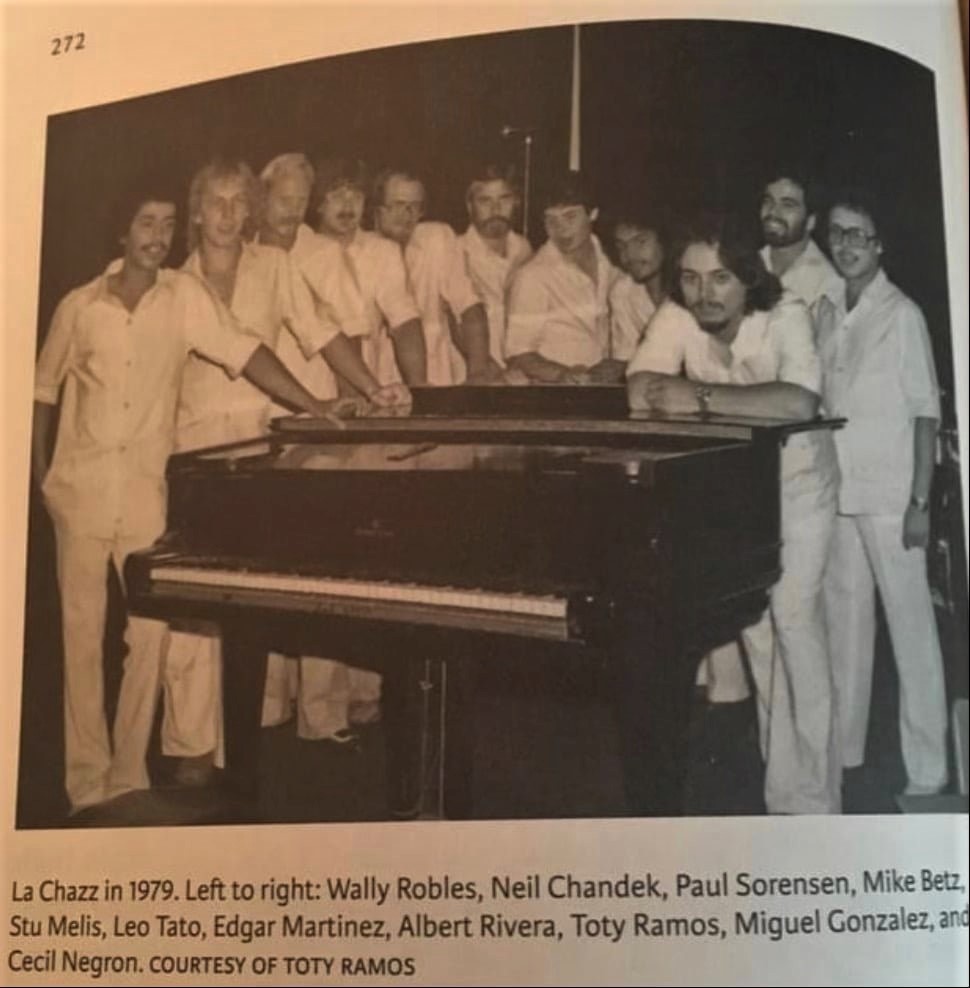
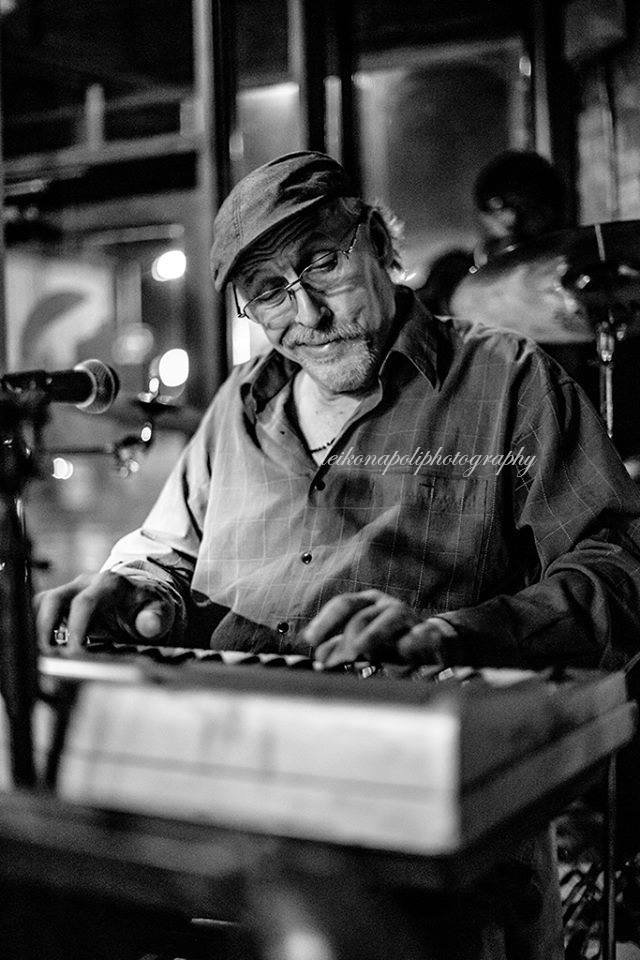






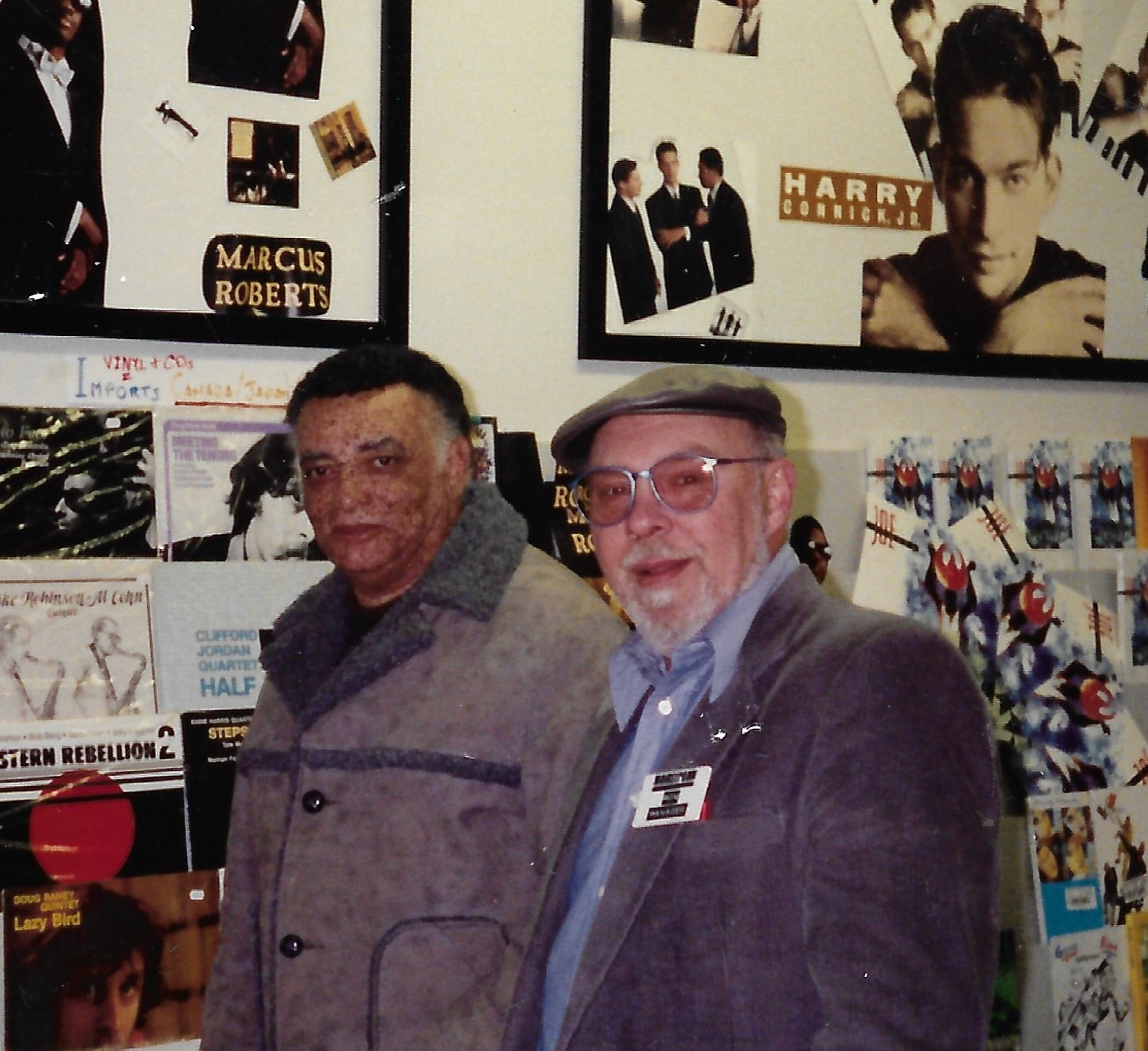
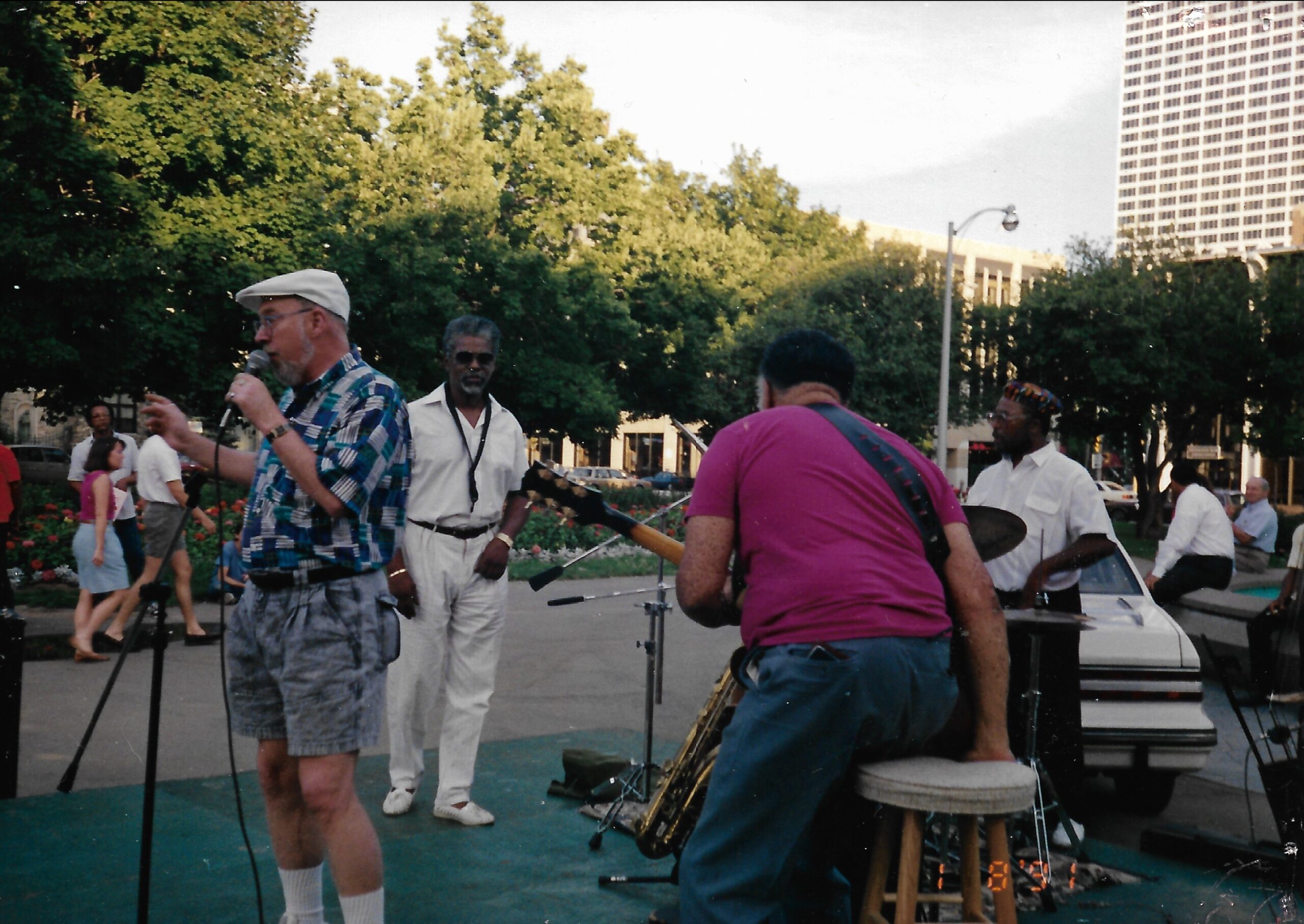
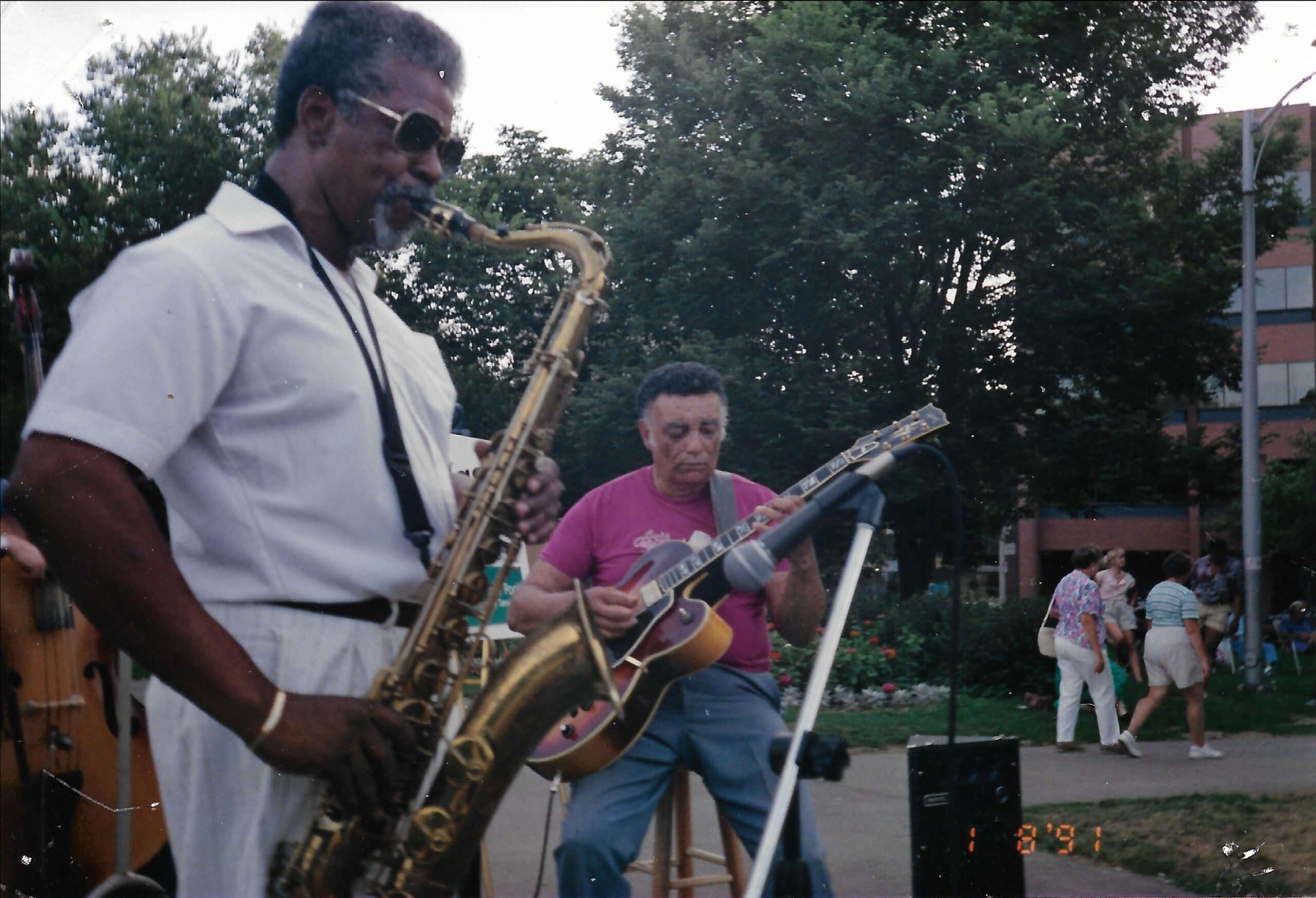
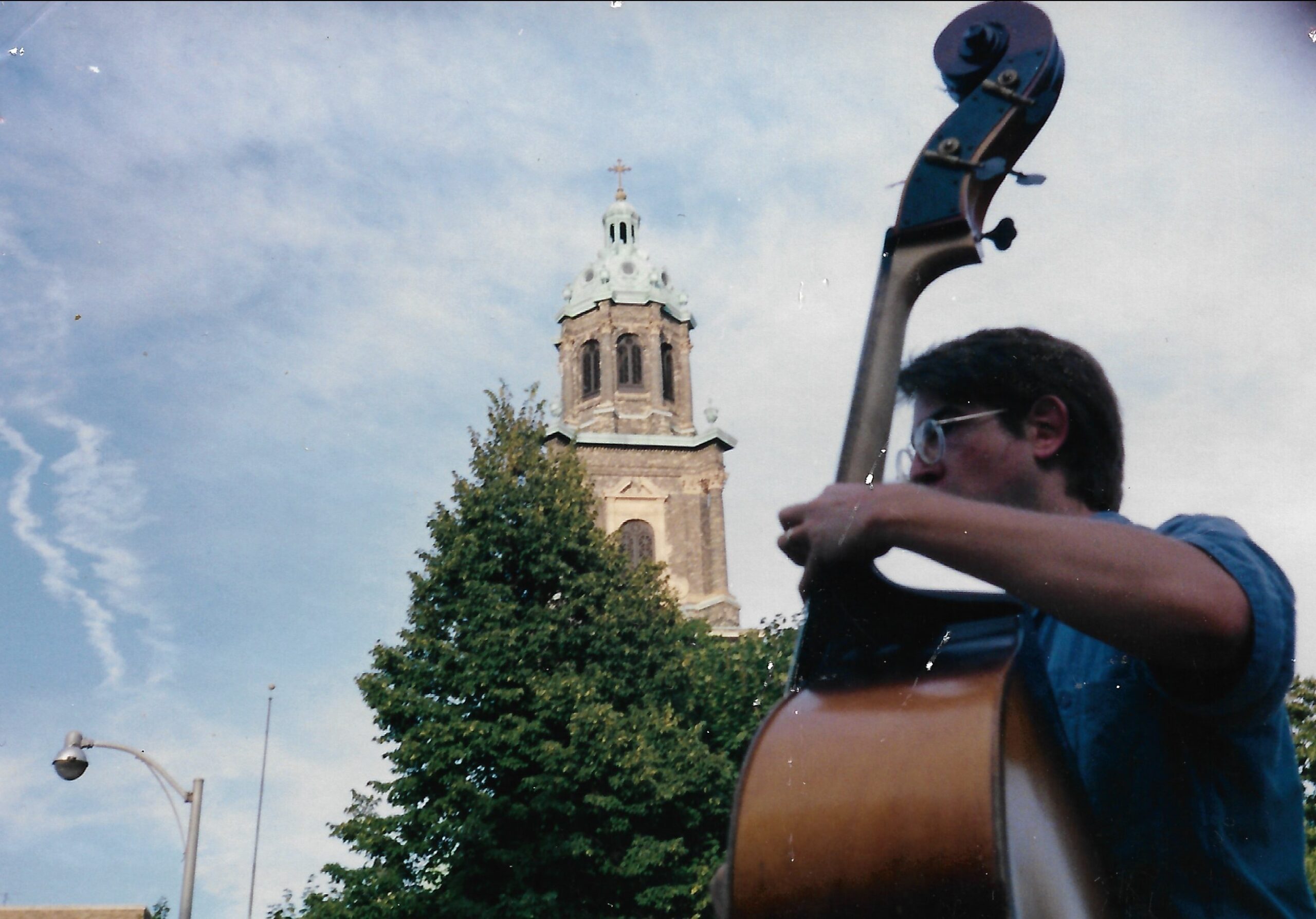 A bassist performs in front of the iconic St. John’s Cathedral at Jazz in the Park
A bassist performs in front of the iconic St. John’s Cathedral at Jazz in the Park